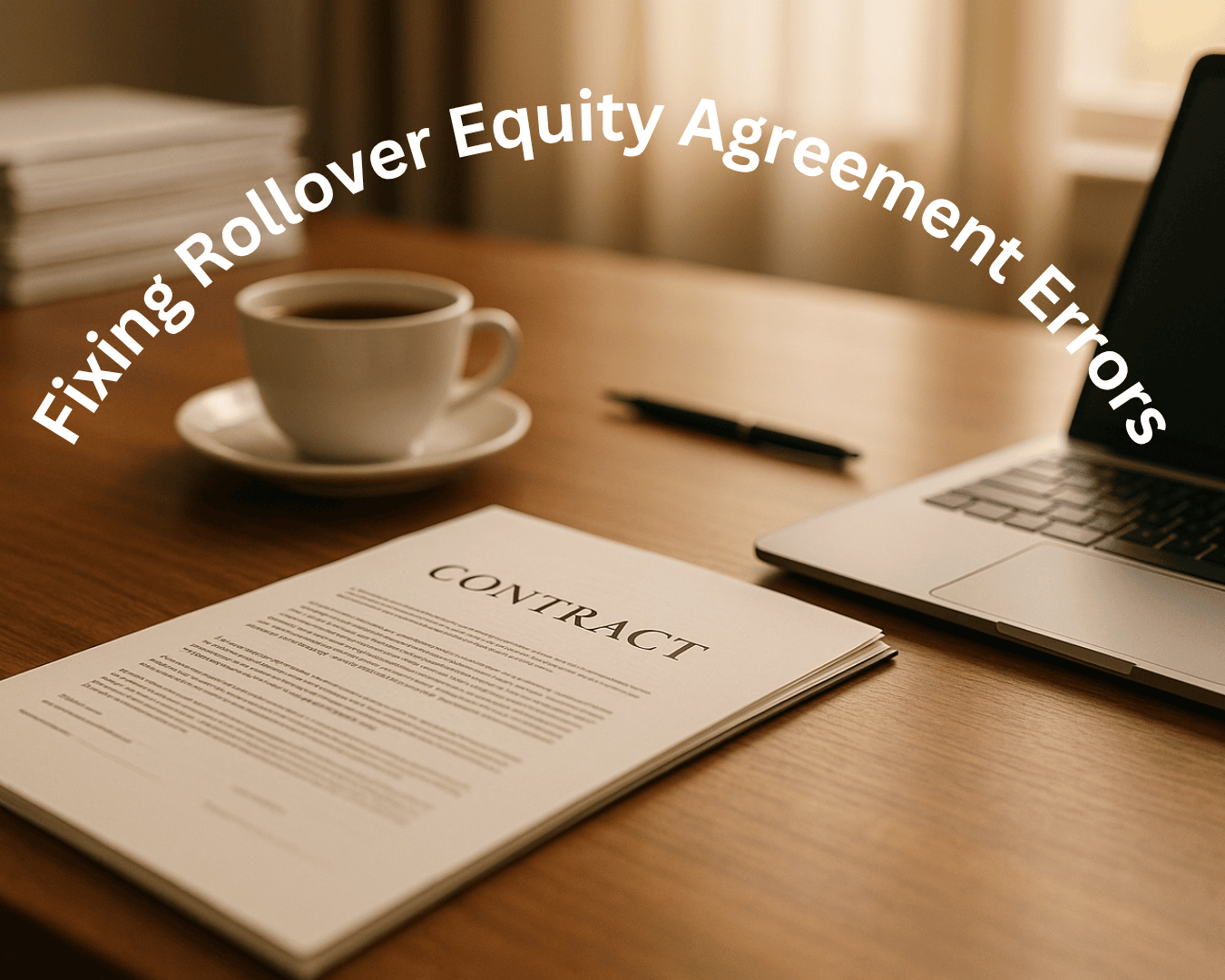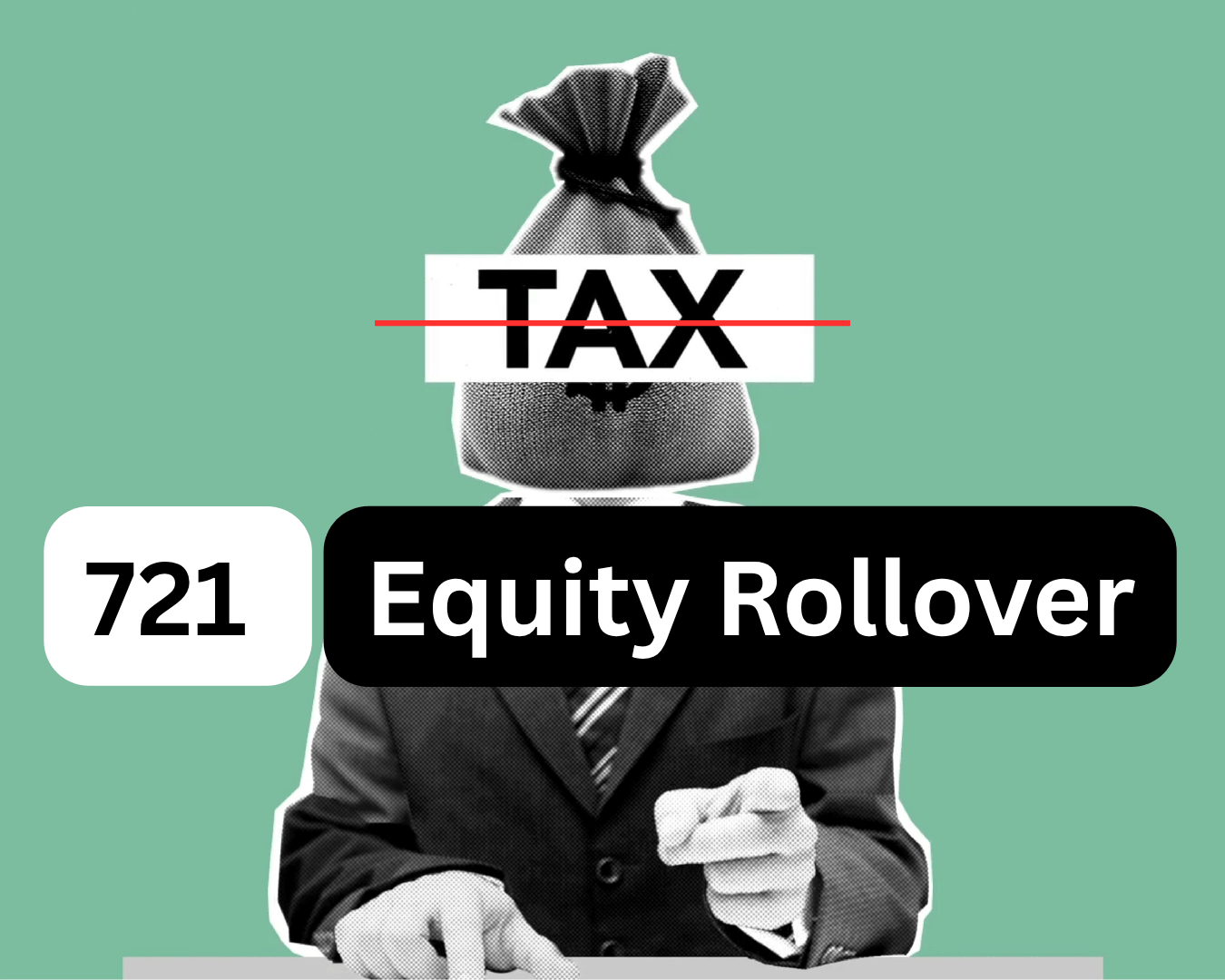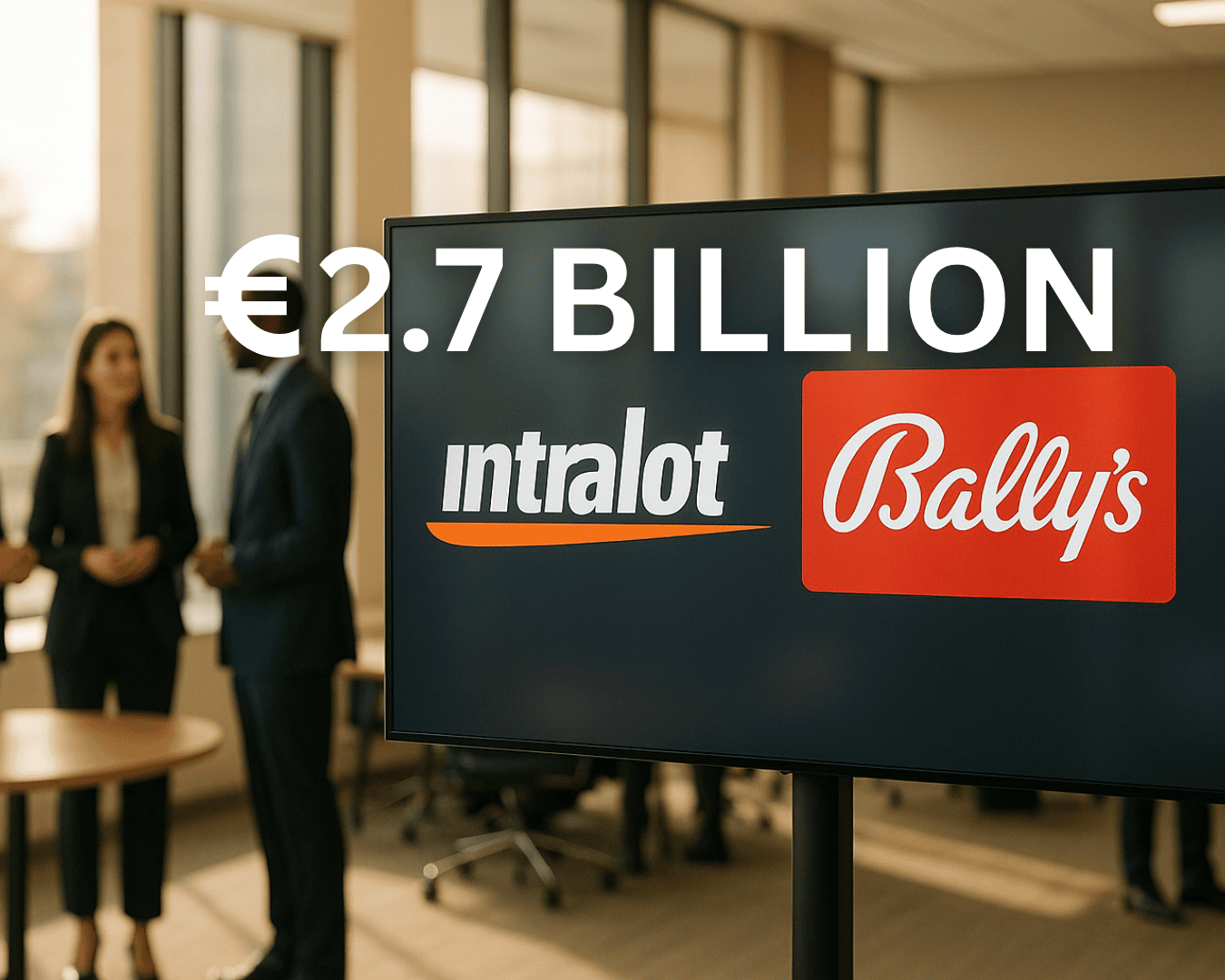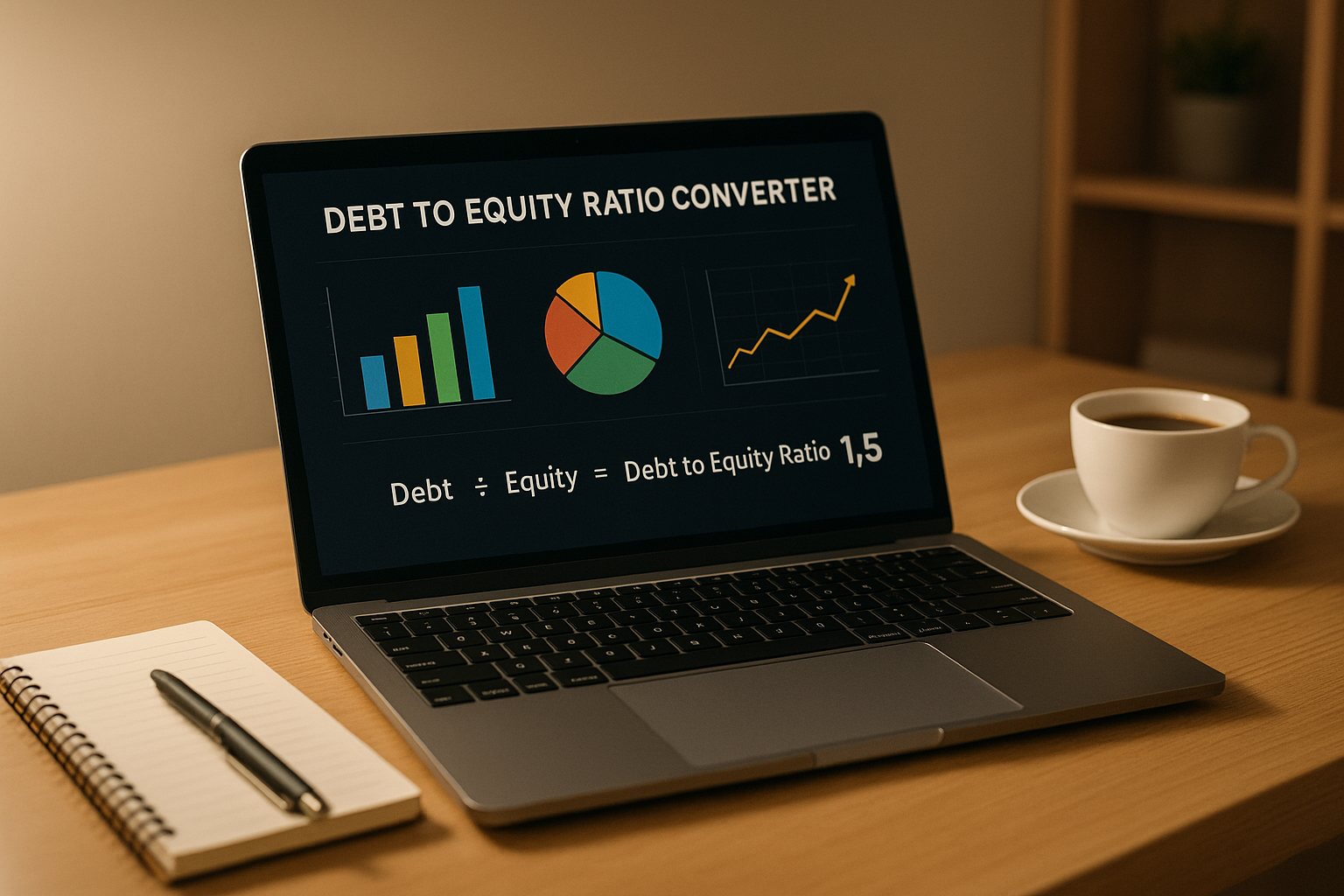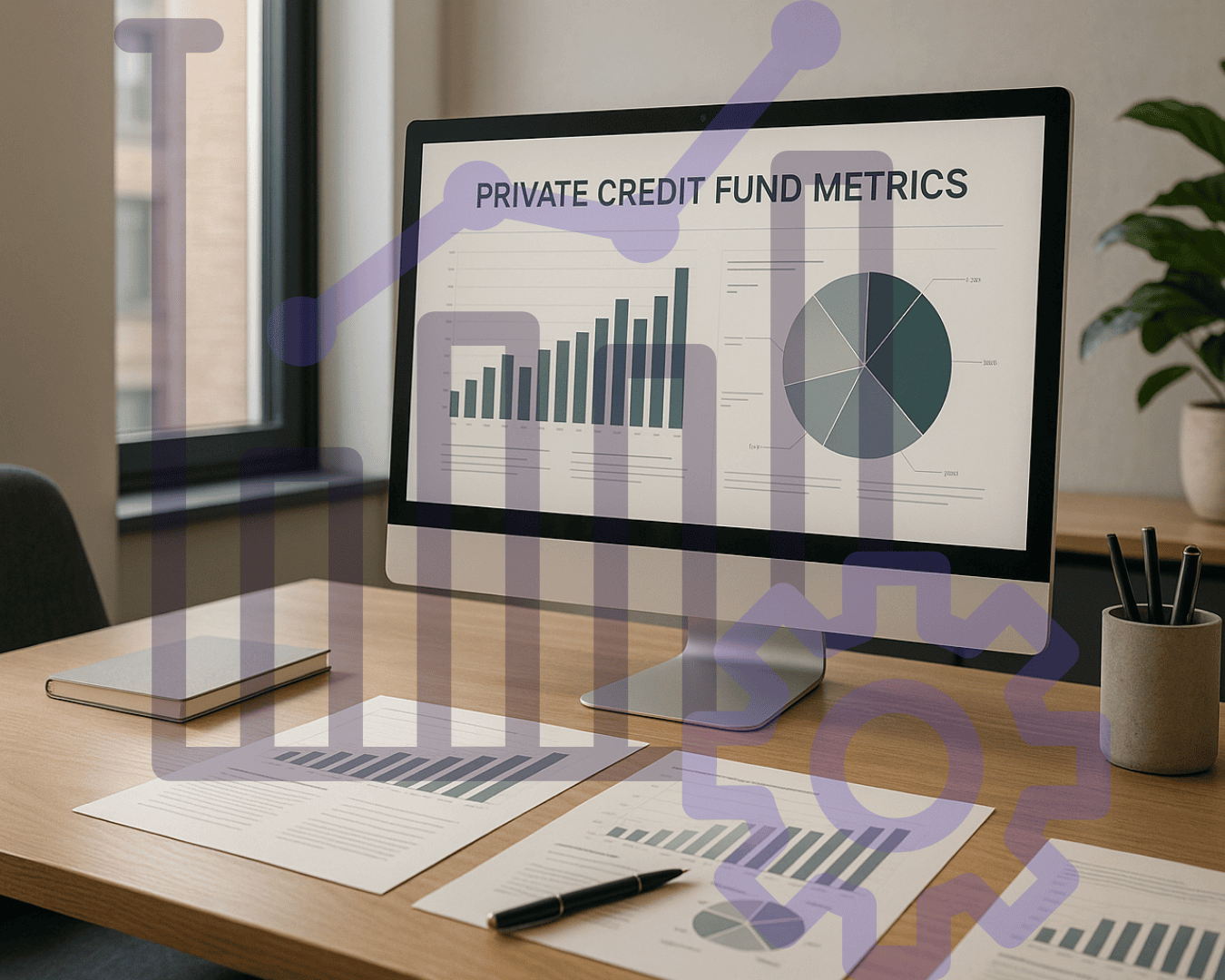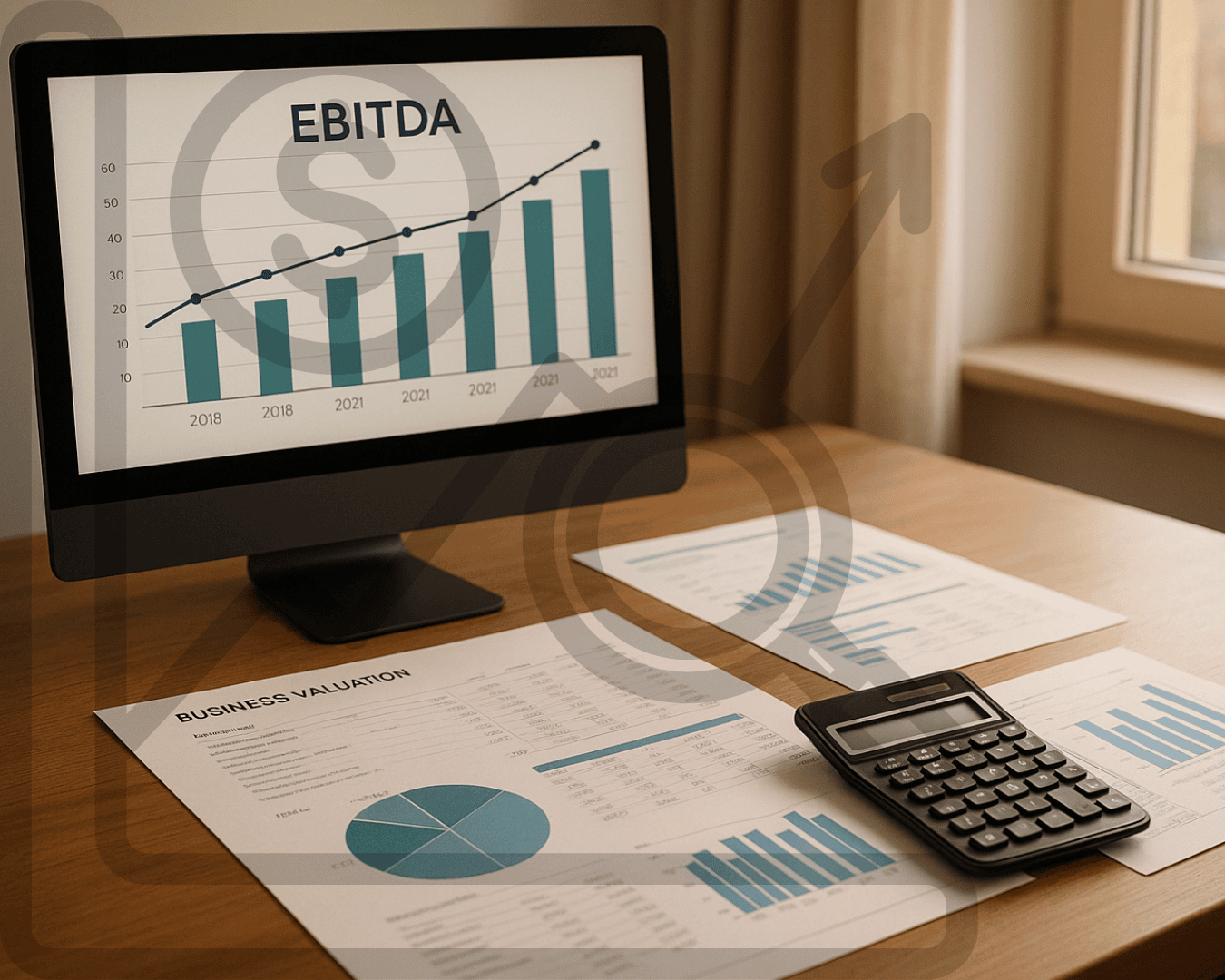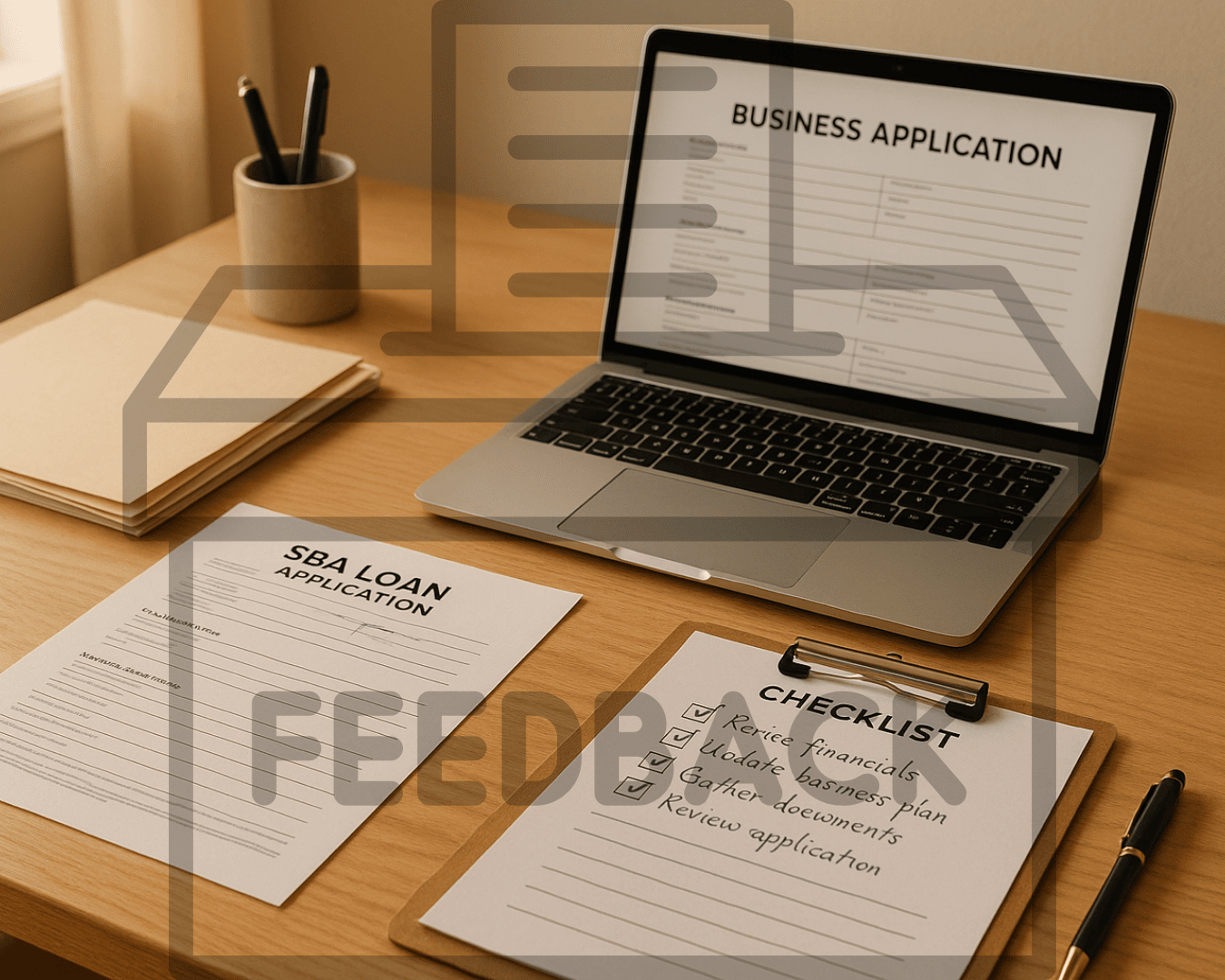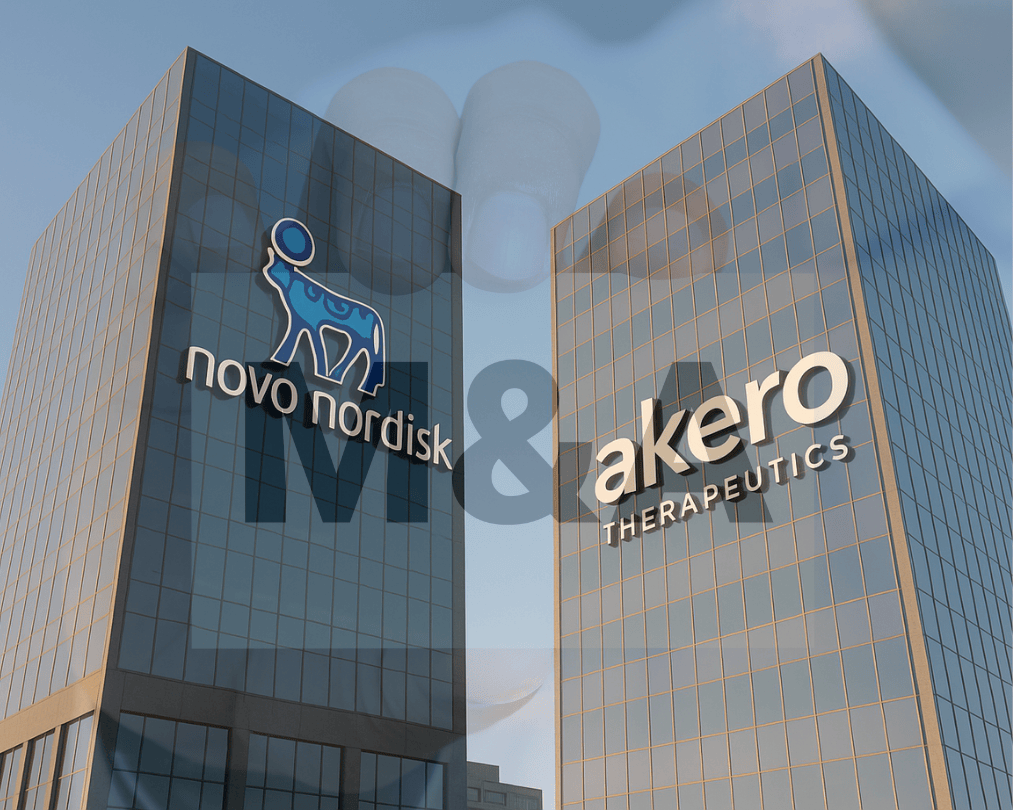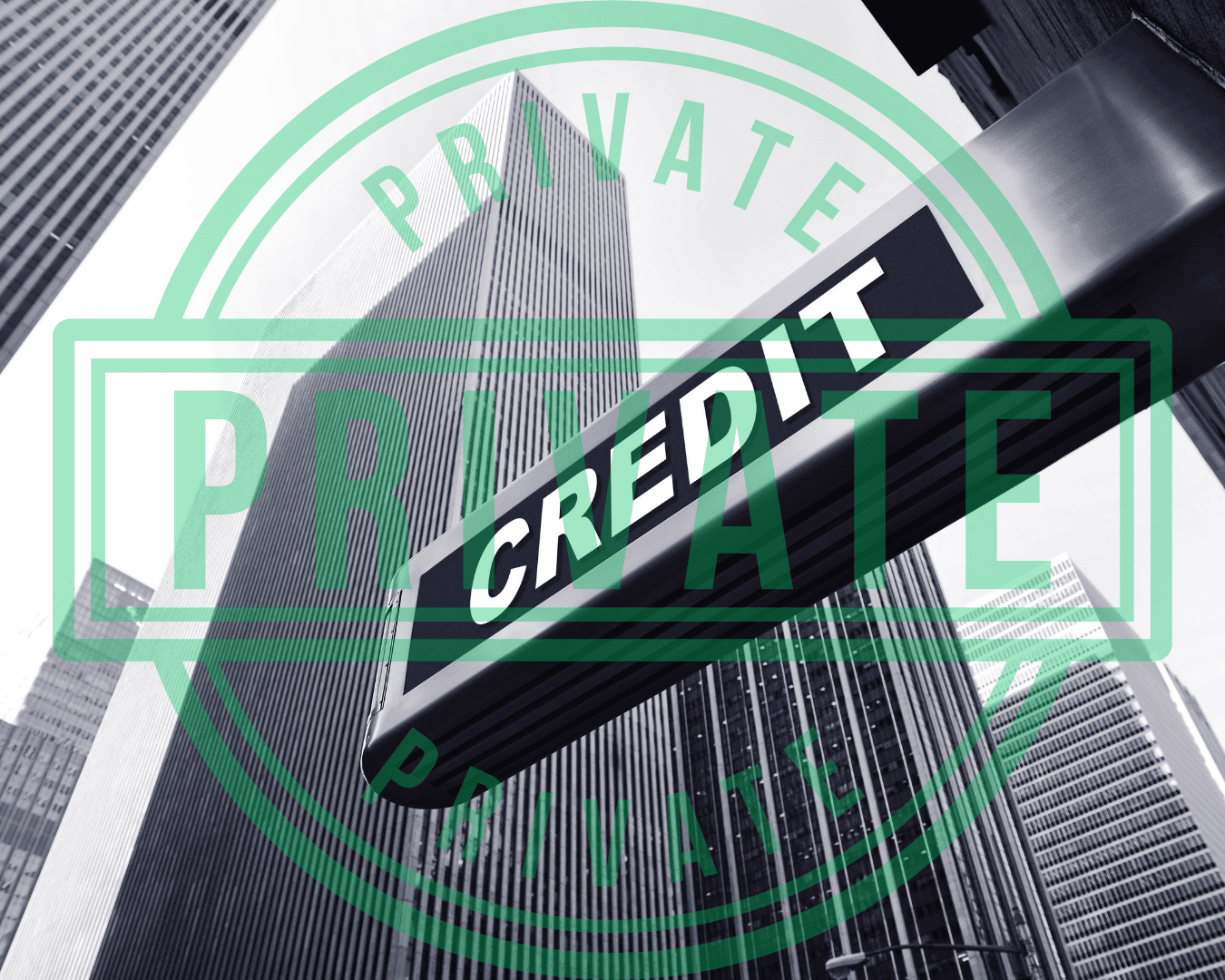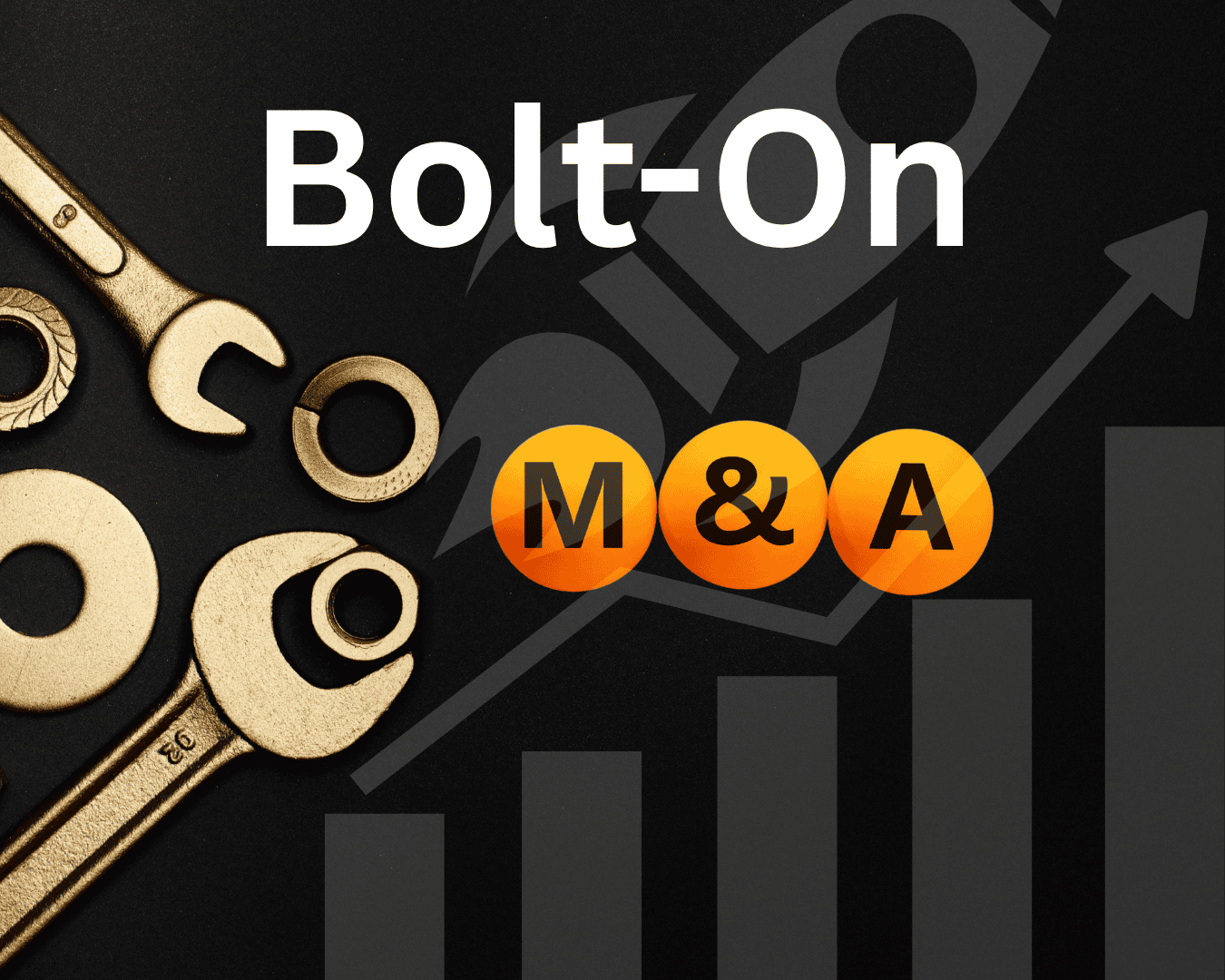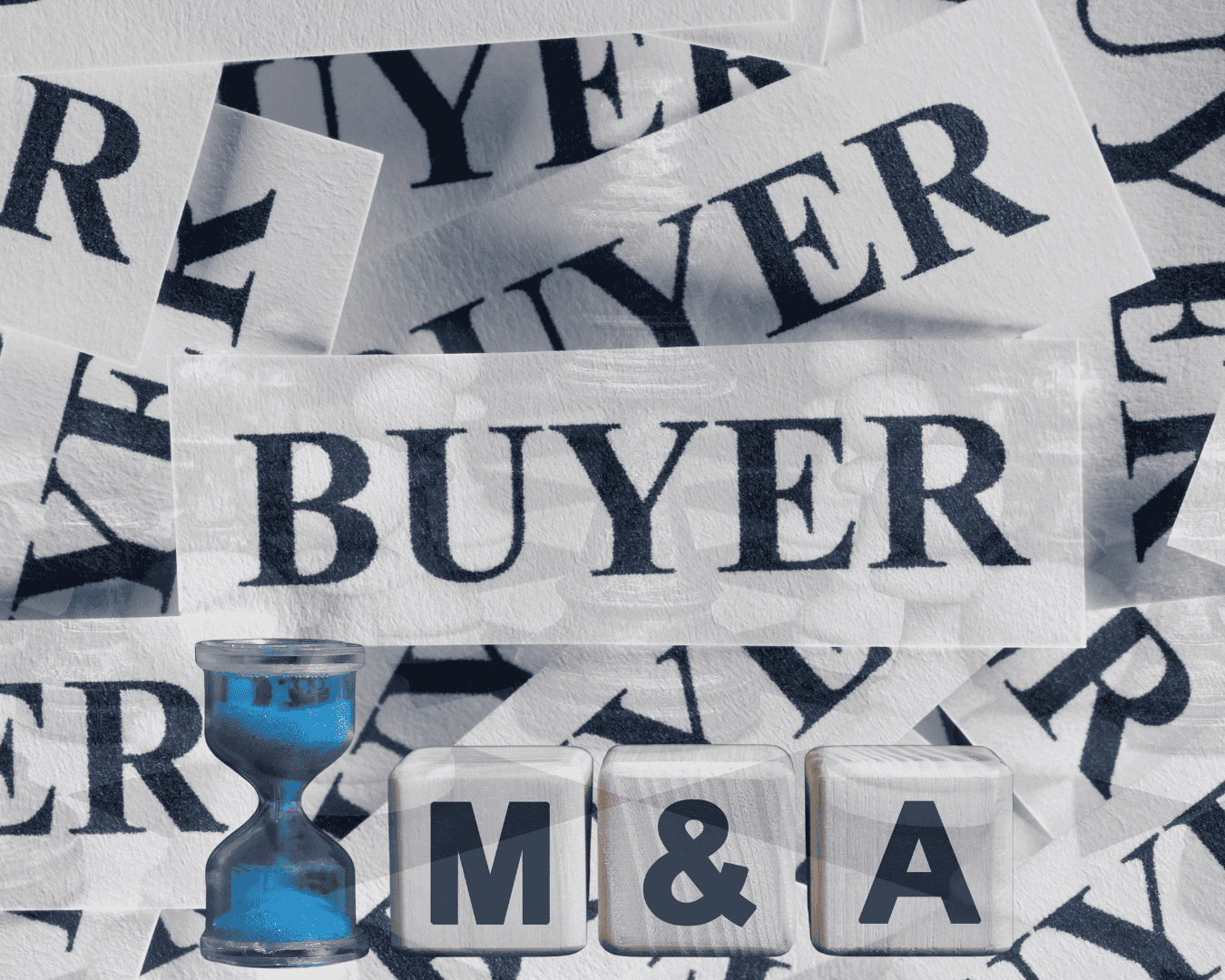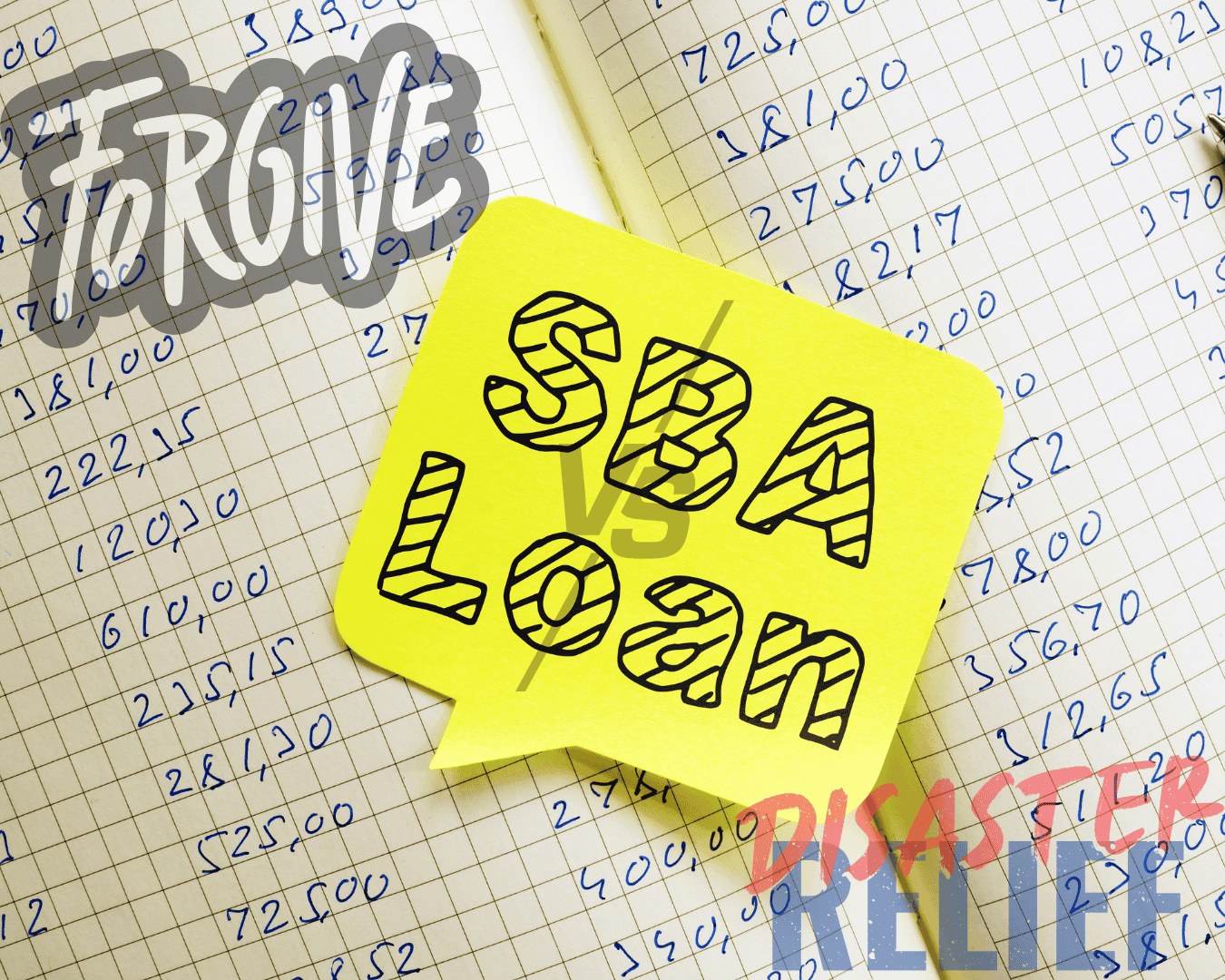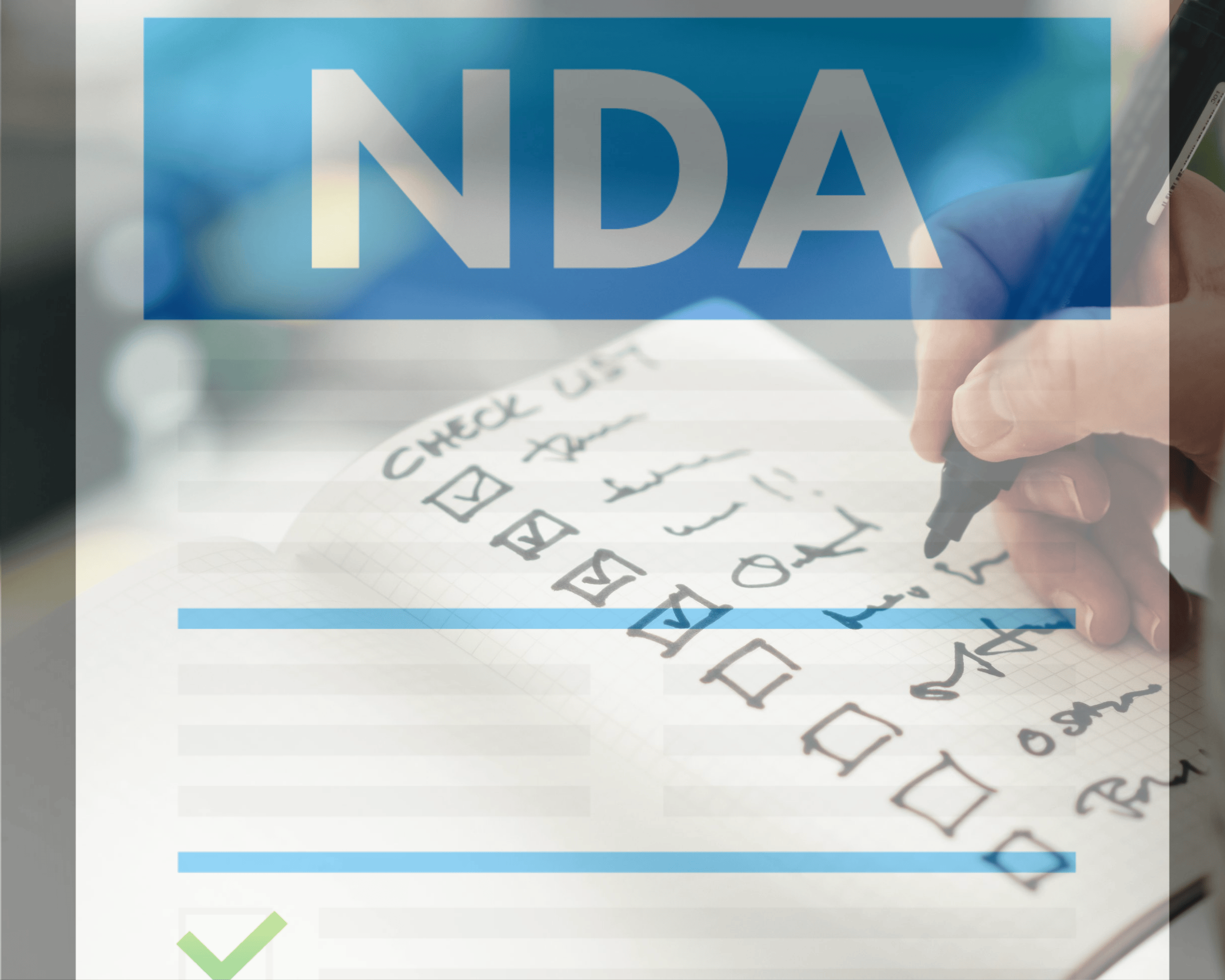Here’s the deal: These loans are backed by the U.S. Small Business Administration (SBA) and are designed to help small businesses access financing they might not get through traditional lenders. But applying can feel overwhelming. That’s where a detailed checklist comes in handy.
Key Takeaways:
- What’s an SBA 7(a) Loan? It’s a flexible loan program for various business needs - working capital, equipment, real estate, or buying another business. The SBA guarantees up to 85% of loans under $150,000 and 75% for larger amounts.
- Why Use a Checklist? It helps you stay organized, meet lender requirements, and avoid delays.
- What You’ll Need: Personal documents, business financials, SBA forms, and extra paperwork if buying an existing business.
This guide breaks down exactly what to gather and how to submit your application the right way.
Completing Your SBA 7a Underwriting Checklist
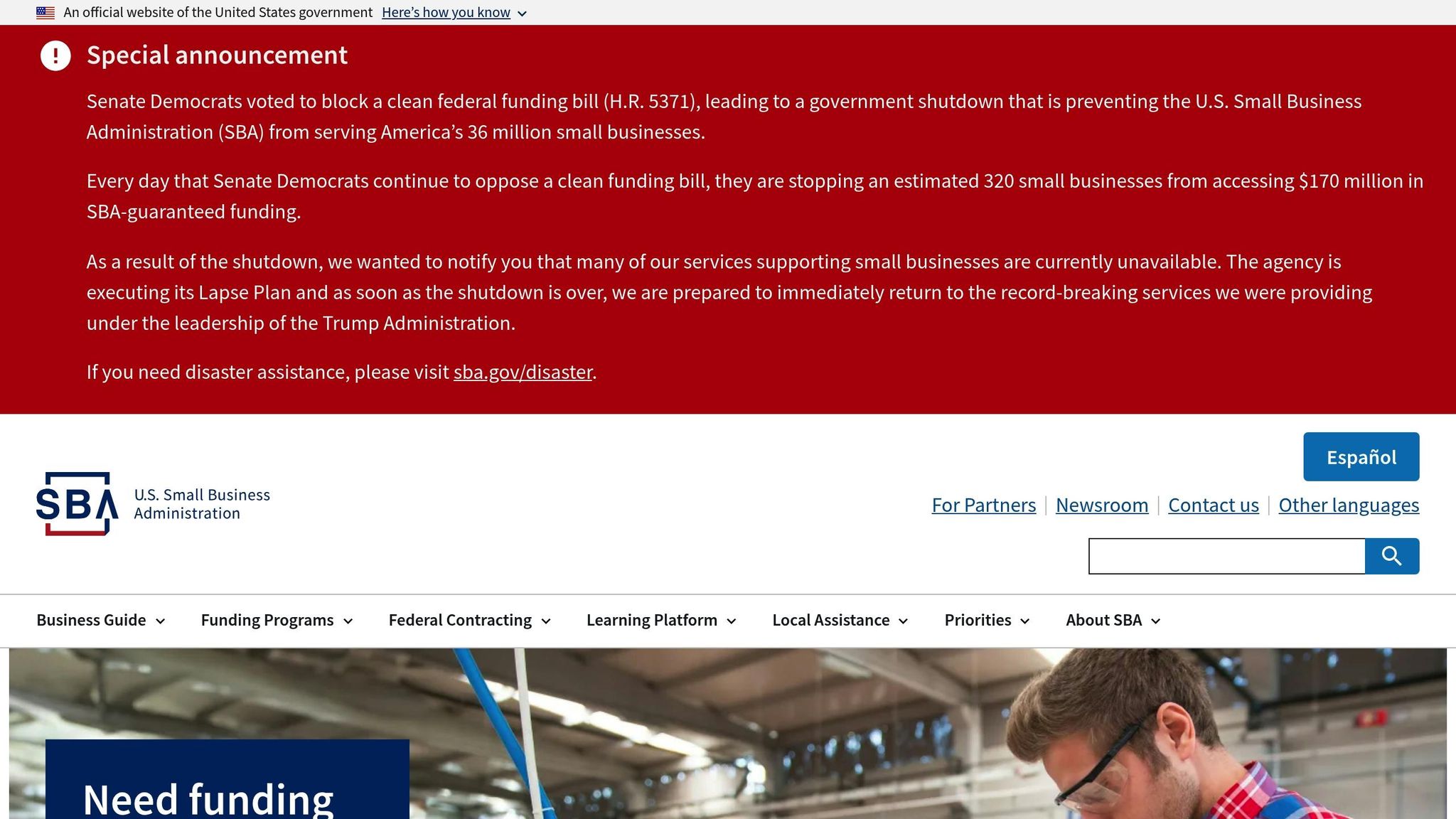
Personal Documents You Need
When applying for an SBA 7(a) loan, you'll need to gather specific personal documents. These documents help the SBA and its lending partners determine if you qualify and allow them to complete necessary background checks. Essentially, they confirm your eligibility and provide crucial details for the lender's review.
Required SBA Forms for Individuals
One key document is SBA Form 1919 (Borrower Information Form), which is mandatory for all SBA 7(a) loan applications. This form gathers details about the business and its owners, such as the loan amount requested, any existing debts, and prior government financing. The information also plays a role in conducting required background checks.
Even if you're applying for an SBA Express, Export Express, or MARC loan, you'll still need to submit SBA Form 1919.
Business Documents You Need
Your business documents play a key role in showcasing your company's financial health and operations. Lenders use these materials to assess whether you qualify for an SBA 7(a) loan and if you can handle the repayment.
Core Business Financial Documents
- Business Tax Returns: Provide your tax returns from the past three years to show your financial track record.
- Interim Financial Statements: Submit financial statements dated within 60 days of your application. For instance, if you're applying in March 2025, the statements should be dated no earlier than January 2025.
- Tax Return Extensions: If your most recent tax return is on extension, include updated financial statements and proof of the extension.
- Projected Financial Statements: Prepare a two-year forecast of income and expenses to outline your financial goals.
- Business Debt Schedule: Provide a detailed debt schedule, including creditor names, original loan amounts, current balances, interest rates, and monthly payments.
Business Plan and Operations Information
Include a business plan that complements your financial projections. This plan should explain how you intend to meet the income and expense goals outlined in your application.
Once these materials are ready, make sure to review the additional SBA-specific documents you'll need to finalize your application.
sbb-itb-a3ef7c1
Additional SBA-Specific Documents
When applying for an SBA 7(a) loan, you’ll need to provide specific documents to meet federal lending guidelines. These extra requirements ensure compliance and help address unique aspects of your business or transaction.
Environmental Compliance Documents
Depending on your business type or the collateral you’re using, the SBA may ask for environmental documents. These could include assessments or reports that confirm your property or operations align with environmental regulations. Be sure to check with your lender to understand exactly what’s needed.
Acquisition-Specific Documents
If you’re buying an existing business, you’ll need to provide paperwork to validate the transaction. Start with a Letter of Intent (LOI), which outlines the initial terms of the deal and shows you’re serious about the purchase.
Your acquisition package should also include:
- A business purchase agreement that spells out the terms of the sale.
- A business valuation completed by a certified appraiser.
- The seller’s financial statements for the last three years, along with accounts receivable and payable aging reports.
| Documentation Requirement | Acquisitions |
|---|---|
| Business Purchase Agreement | ✓ |
| Business Valuation | ✓ |
| Seller's Financial Statements | ✓ |
| Personal Financial Statement | ✓ |
These documents are essential for a complete SBA application, ensuring every aspect of the purchase is transparent and well-documented. Platforms like Clearly Acquired can simplify this process by offering secure data rooms where sellers can upload financial records and other key documents. This helps keep everything organized and easily accessible during your loan application review.
How to Organize and Submit Your Application
Getting your SBA 7(a) application right is crucial for approval. How you organize your documents and interact with your lender can make or break the process. Here's how to set yourself up for success.
Organizing Your Application Documents
Start by setting up a master filing system. Make both digital and physical copies of every document, and label them with clear, descriptive names like "Personal_Tax_Returns_2022-2024." This ensures you can easily find what you need when you need it.
Sign and date all required forms before making copies - missing signatures are a common cause of delays. Store your original documents in a safe place and use certified copies for the application package.
For digital files, scan everything into high-resolution, searchable PDFs. Organize these into folders that match the application requirements, such as Personal Documents, Business Documents, SBA Forms, and Financial Records.
Consider using tools like Clearly Acquired's secure data rooms, which offer encrypted storage, automatic organization, and version control. These platforms make it easier to manage your files and avoid the hassle of sending large email attachments that can get lost or corrupted.
Keep a log of every submission, including dates and any feedback from your lender. This will help you quickly respond to any questions or requests.
Using an Application Checklist
Once your documents are in order, use a checklist to make sure you haven’t missed anything. Break your checklist into categories and confirm that:
- Tax returns cover the required three years.
- Business financial statements are current (within 90 days of submission).
- All pages are present, legible, and properly formatted.
Tailor your checklist to your lender’s specific requirements. Some lenders might ask for additional forms or prefer documents in particular formats. Double-check these details to avoid surprises.
Go through your checklist twice before submitting. First, ensure all required documents are included and completed. Second, confirm that all information is consistent across your documents. For example, discrepancies in ownership percentages or financial figures can lead to delays while the lender seeks clarification.
Finally, verify that your financial projections, business plan, and loan request amounts match exactly. Any inconsistencies here could raise red flags during the review process.
Submitting Your Application Securely
With everything organized and verified, it’s time to submit your application. Remember, SBA 7(a) applications are processed through lenders, not directly by the SBA. Your lender assembles your package and submits it to the SBA for guarantee approval. Choosing the right lender is key - an experienced lender with efficient processes can significantly speed things up.
If possible, work with an SBA Preferred Lender. These lenders have the authority to make credit decisions on smaller loans without waiting for SBA review, saving you weeks in the process.
Always use secure channels for submission. Avoid sending sensitive financial information via email, as it poses security risks and may exceed size limits. Most lenders offer secure portals for uploading documents, or you can use encrypted file-sharing services.
Include contact information for any advisors who helped prepare your application. The SBA requires transparency about who assisted with your materials.
Record the date, time, and method of your submission, and request confirmation that your lender has received and successfully opened all files. Follow up within 48 hours to ensure there are no issues.
Be prepared for follow-up requests. Even with a well-prepared application, lenders often ask for additional information or clarification. Keeping your files organized and accessible will allow you to respond quickly, ensuring your application stays on track.
Conclusion
Filing an SBA 7(a) loan application requires careful attention to detail, solid organization, and submitting everything on time. Often, the outcome - approval or rejection - hinges on having all the necessary documents prepared and submitted securely.
Your personal and business records form the backbone of your application. Beyond that, meeting specific SBA requirements, such as environmental compliance forms or acquisition-related paperwork for business purchases, is equally important. Once these critical pieces are in place, staying organized becomes the next priority.
Keeping your records clear and easily accessible is essential for responding quickly to any follow-up requests. A well-organized system helps you stay on track and maintain momentum during the application process.
Technology can simplify things. Online submission tools make it easier to upload documents, and platforms like Clearly Acquired offer secure data rooms to manage and organize your files efficiently. The SBA's Lender Match tool is another handy resource, connecting you with approved lenders tailored to your business needs [9, 11, 12].
If you're pursuing business acquisitions or need a more comprehensive financing approach, platforms like Clearly Acquired can be a game-changer. They provide secure data management, automated tools for staying organized, and access to SBA 7(a) lenders who understand the unique challenges of this type of financing.
Finally, choosing the right lender is just as important as preparing your documents. Partnering with SBA Preferred Lenders or reputable financial institutions can speed up the process and offer valuable guidance along the way. With thorough preparation and the support of experienced lenders, you’ll be well-positioned for a smooth and successful SBA 7(a) loan application experience.
FAQs
Why is using an SBA 7(a) loan checklist important during the application process?
Using an SBA 7(a) loan checklist can make the application process much smoother and more manageable. By organizing all the necessary forms, financial records, and other critical details, you reduce the risk of missing something important - avoiding delays that could slow down the approval process.
A checklist acts as a step-by-step guide, helping you confirm your eligibility, follow the correct procedures, and keep everything on track. By minimizing errors and oversights, you increase the likelihood of getting your funding approved quickly and without unnecessary complications.
What’s the best way to organize and securely submit my SBA 7(a) loan application documents?
To keep your SBA 7(a) loan application well-organized and protected, it’s smart to set up a clear system for handling your documents. Use labeled folders - both physical and digital - to neatly separate required forms, financial statements, and any additional materials. This way, you’ll have everything at your fingertips when it’s time to submit.
When it’s time to send your application, stick to secure methods like an encrypted file-sharing service or the lender’s official portal to safeguard sensitive information. Double-check the recipient’s identity before sharing anything, and make sure to save copies of all documents you send, along with confirmation receipts, for your records. Staying organized and careful not only helps prevent delays but also keeps the entire process running smoothly.
What documents do I need for an SBA 7(a) loan when buying an existing business?
When you're applying for an SBA 7(a) loan to buy an existing business, be prepared to gather some extra documents alongside the usual application forms. Here’s what lenders typically ask for:
- Purchase Agreement: This is the signed document that spells out the terms of the business sale.
- Business Valuation: A professional assessment to confirm how much the business is worth.
- Seller’s Financials: Recent financial records, like profit and loss statements, balance sheets, and tax returns for the business you’re planning to purchase.
- Buyer’s Financials: Your own personal financial statements, tax returns, and even a resume highlighting any experience relevant to running the business.
Some lenders might also ask for additional materials, like a business plan or proof of your experience in the industry, to ensure you’re ready to manage the business successfully. It’s always a good idea to double-check with your lender to make sure you’ve got everything they need.









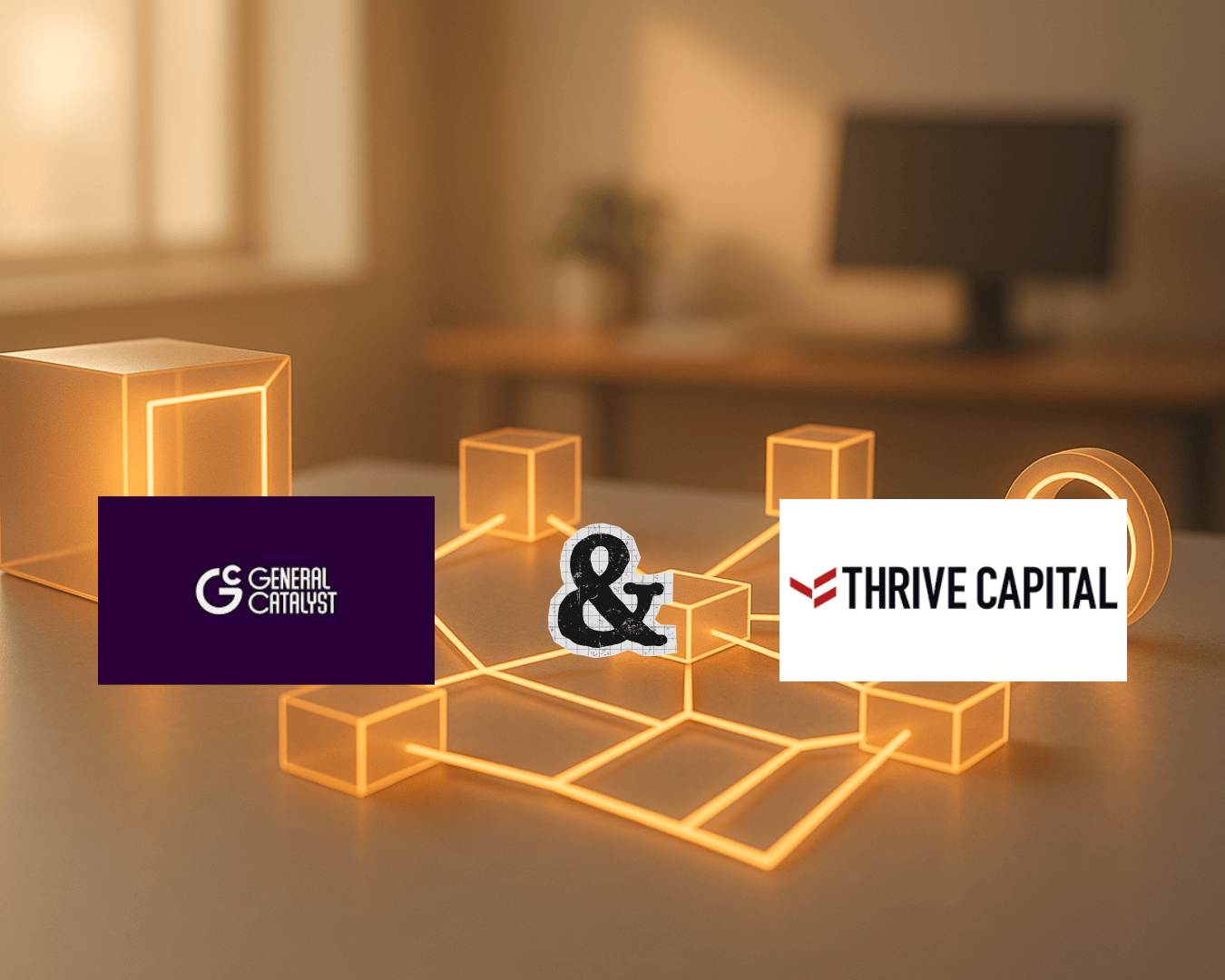
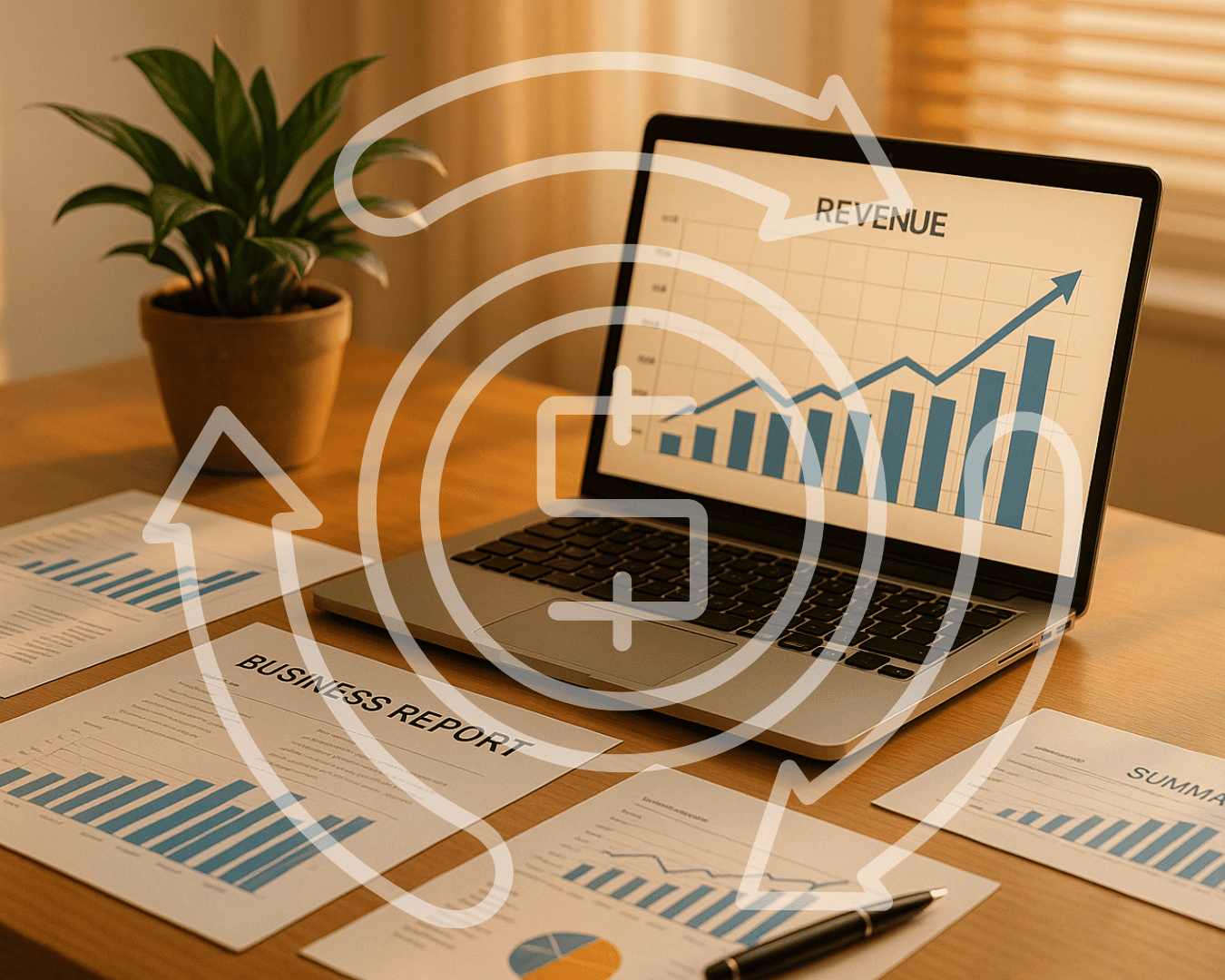

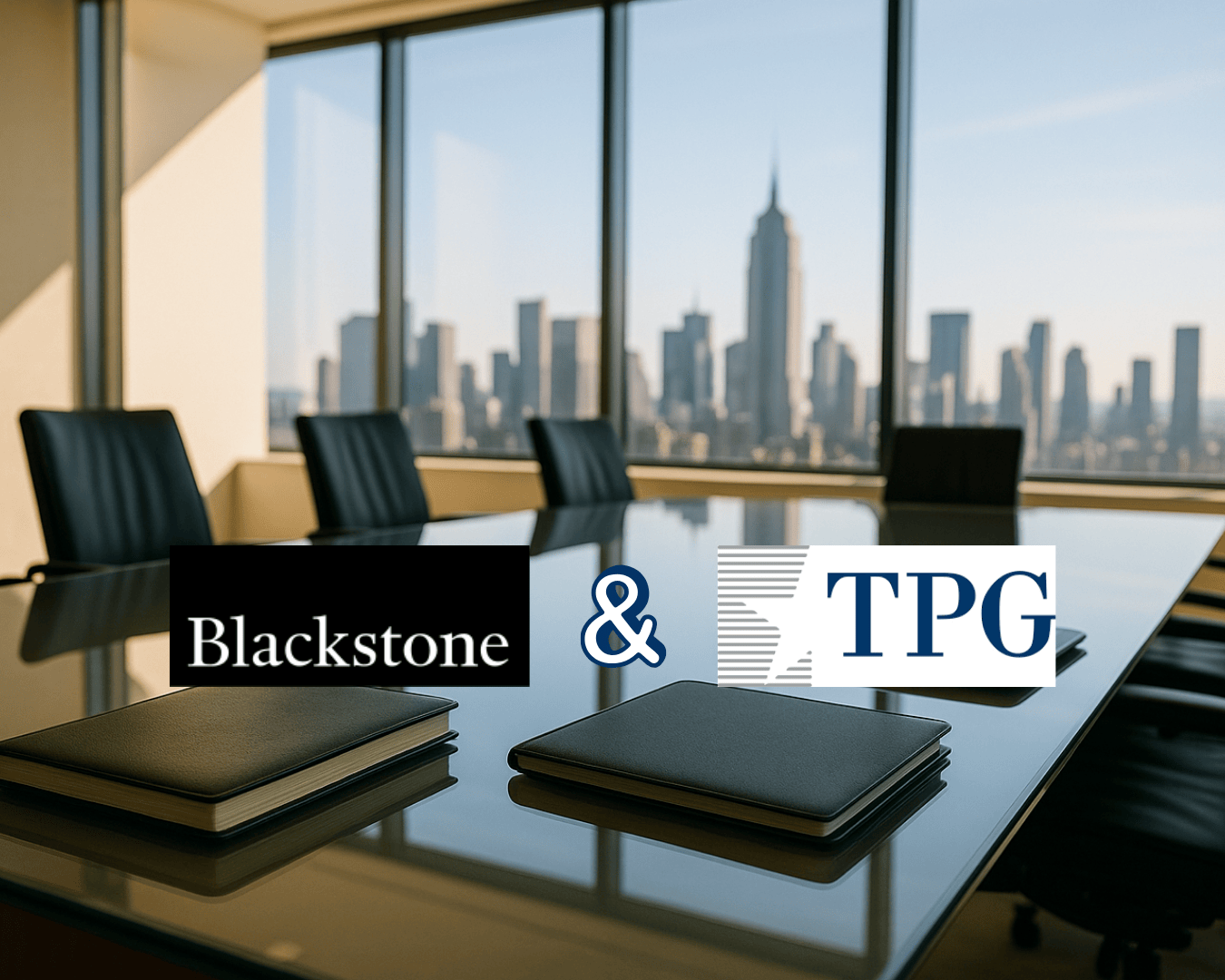




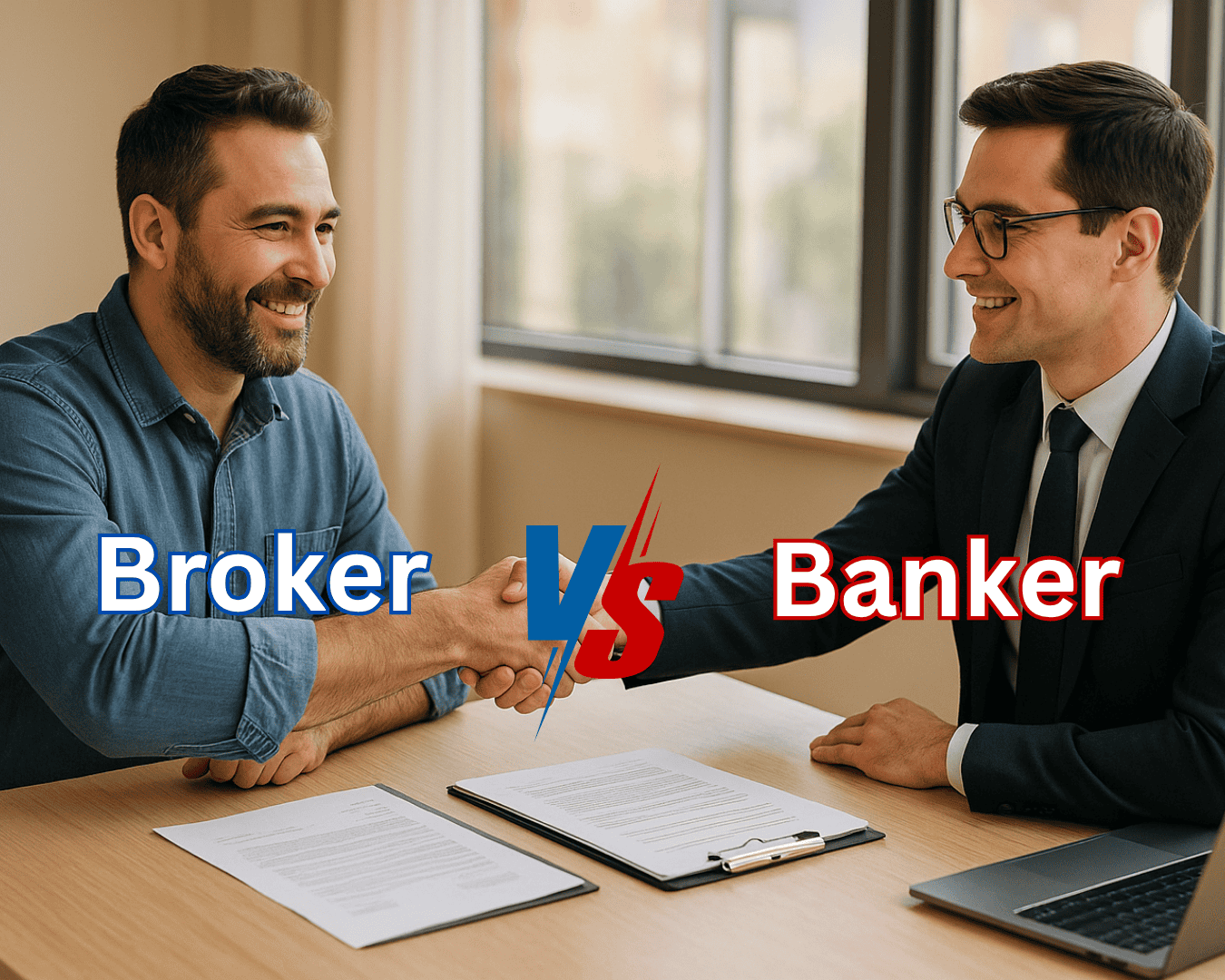
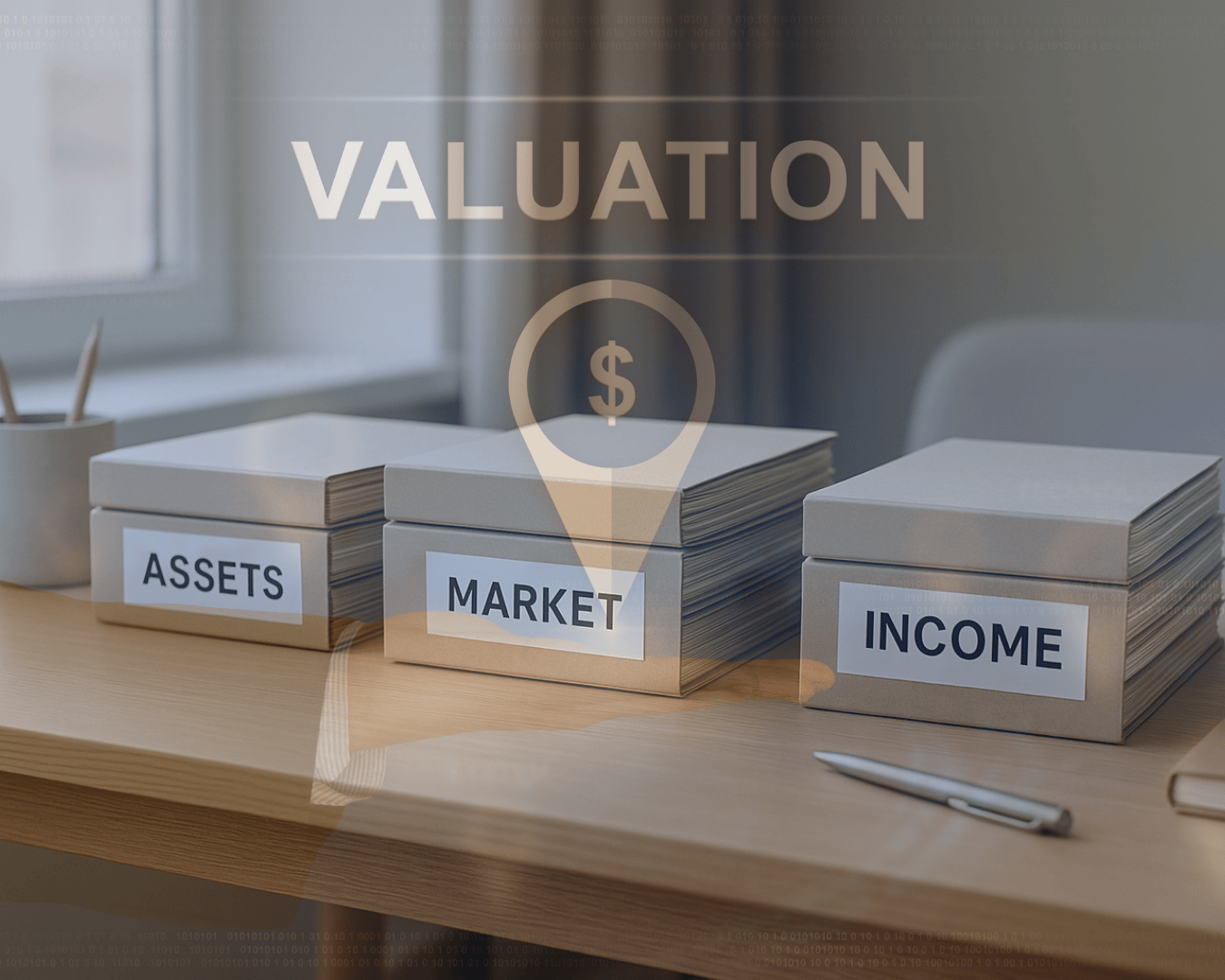


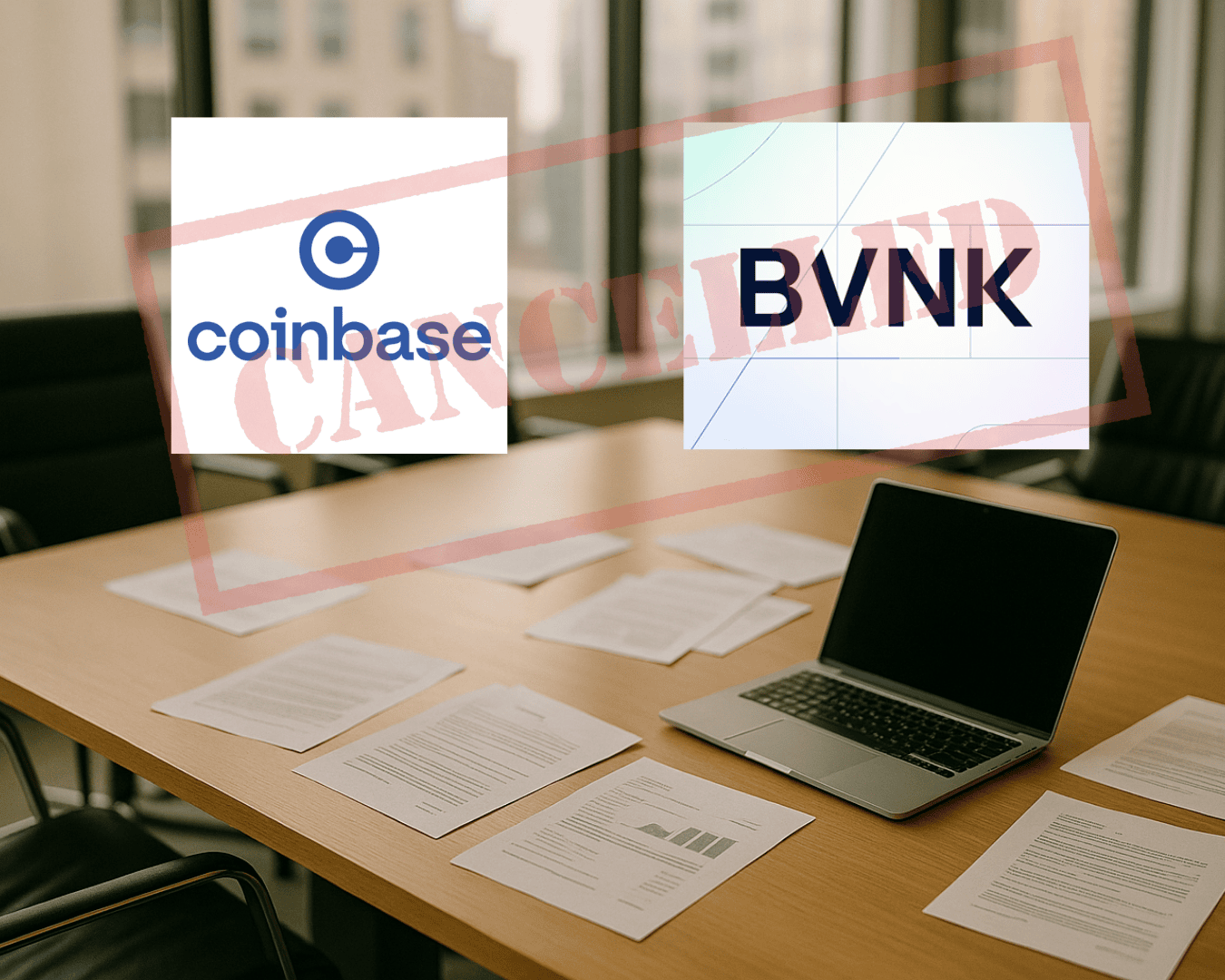









.png)
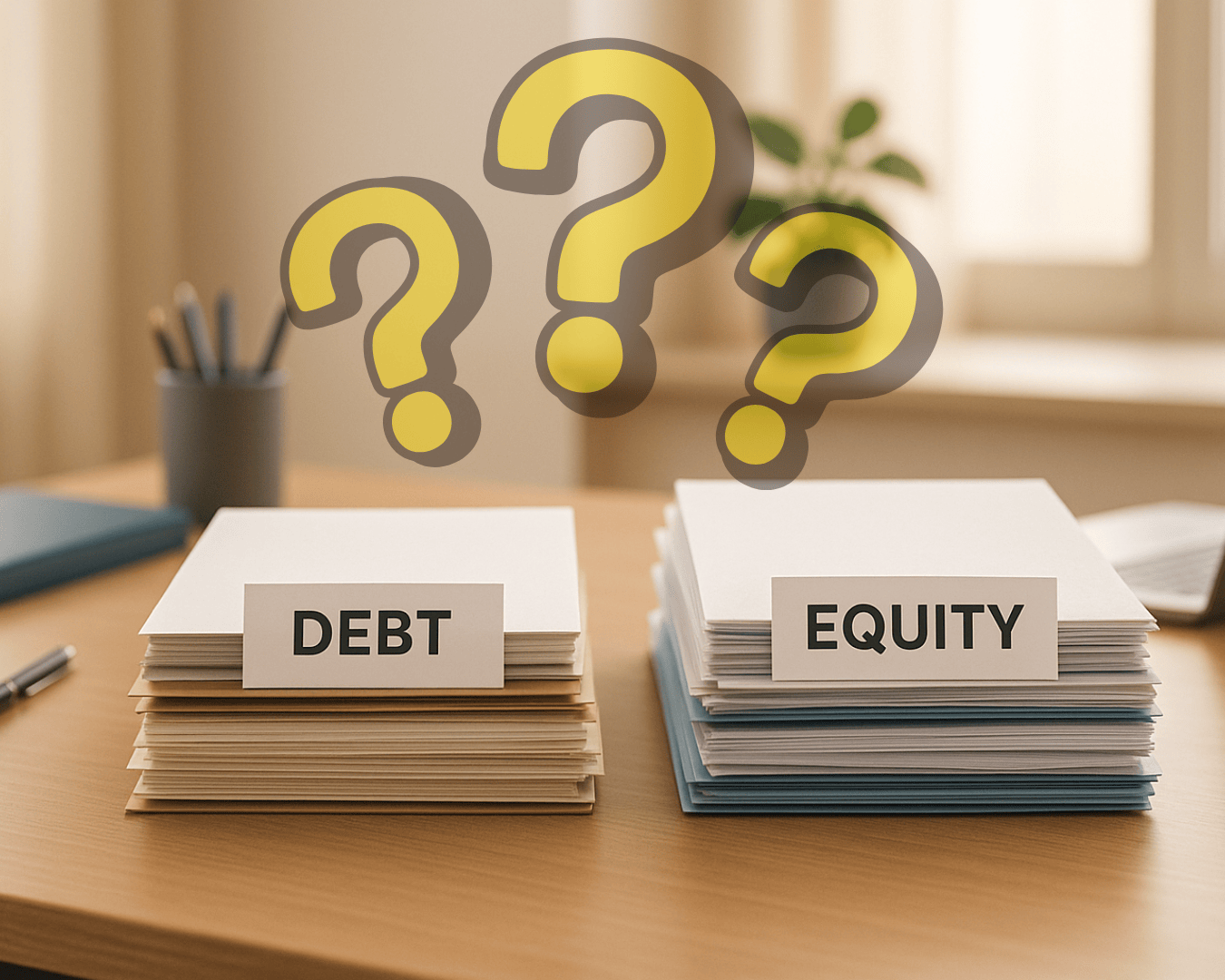
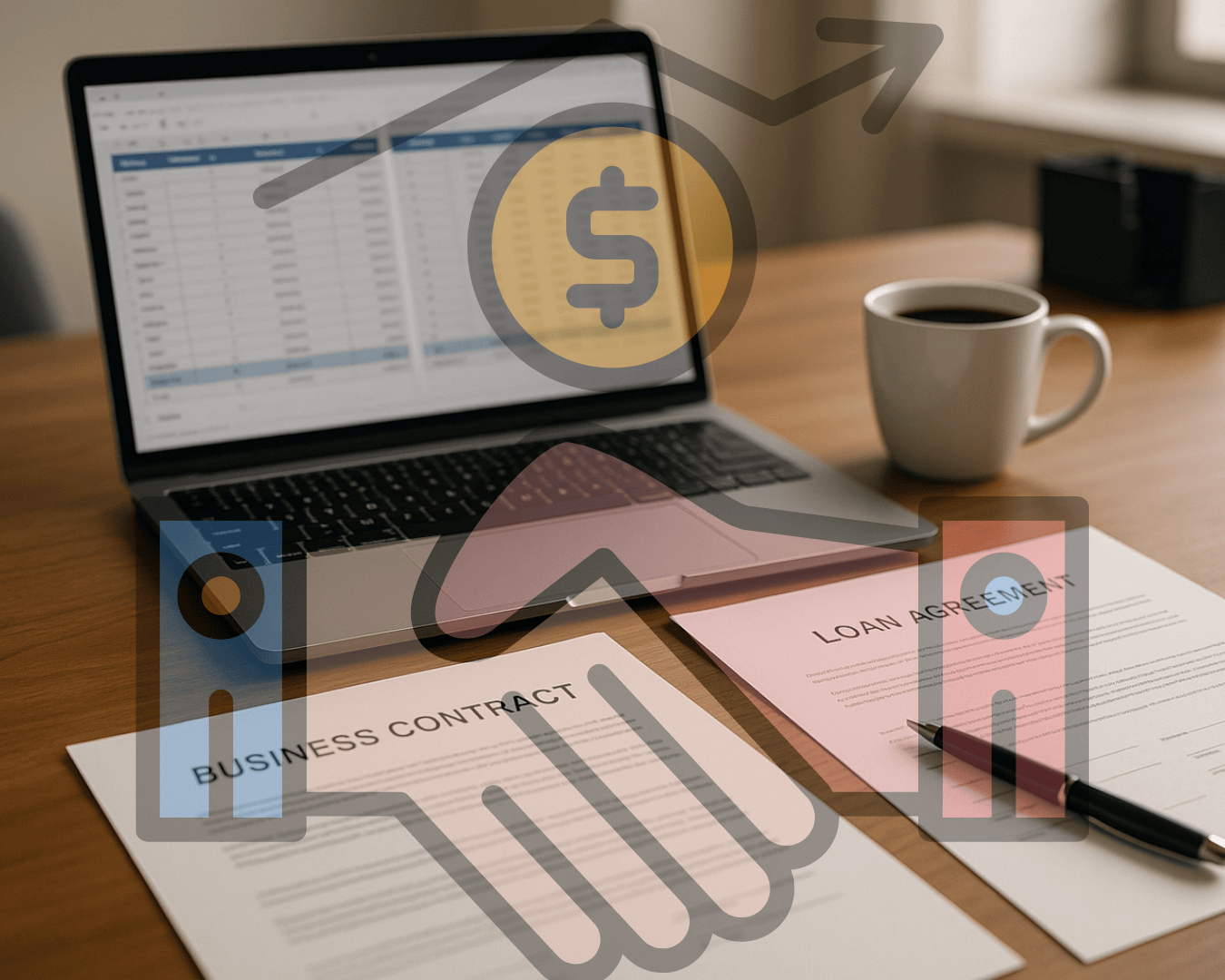


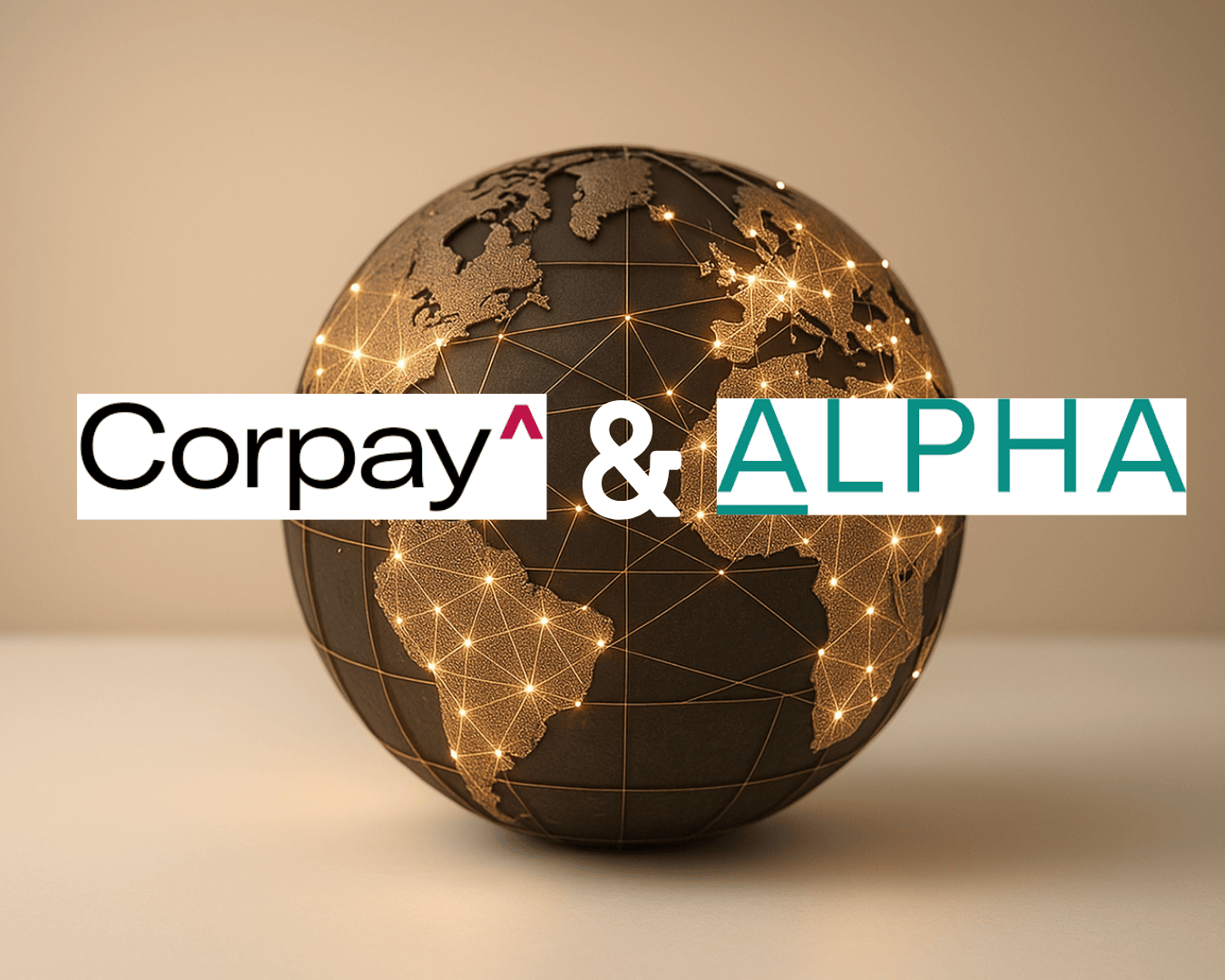





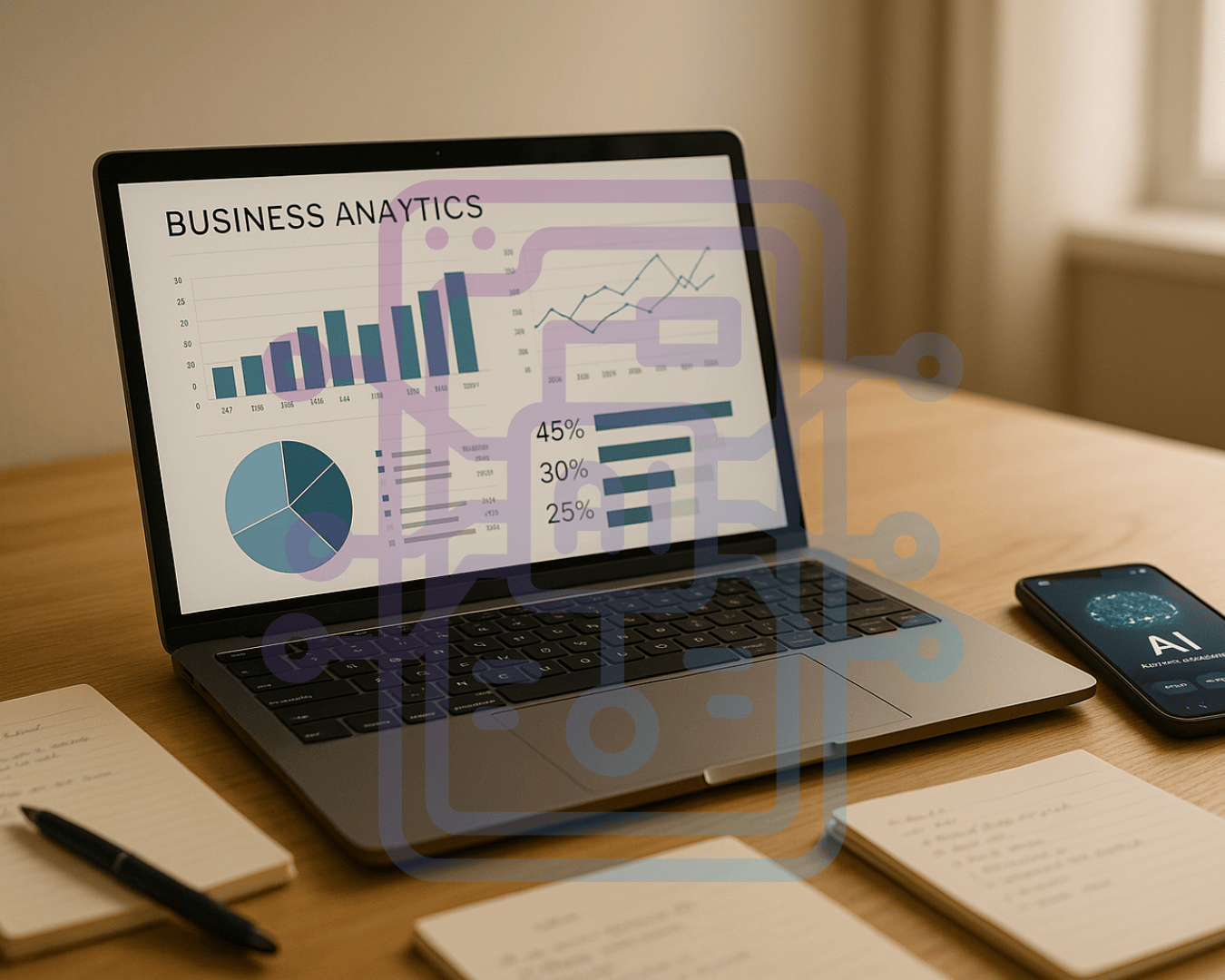






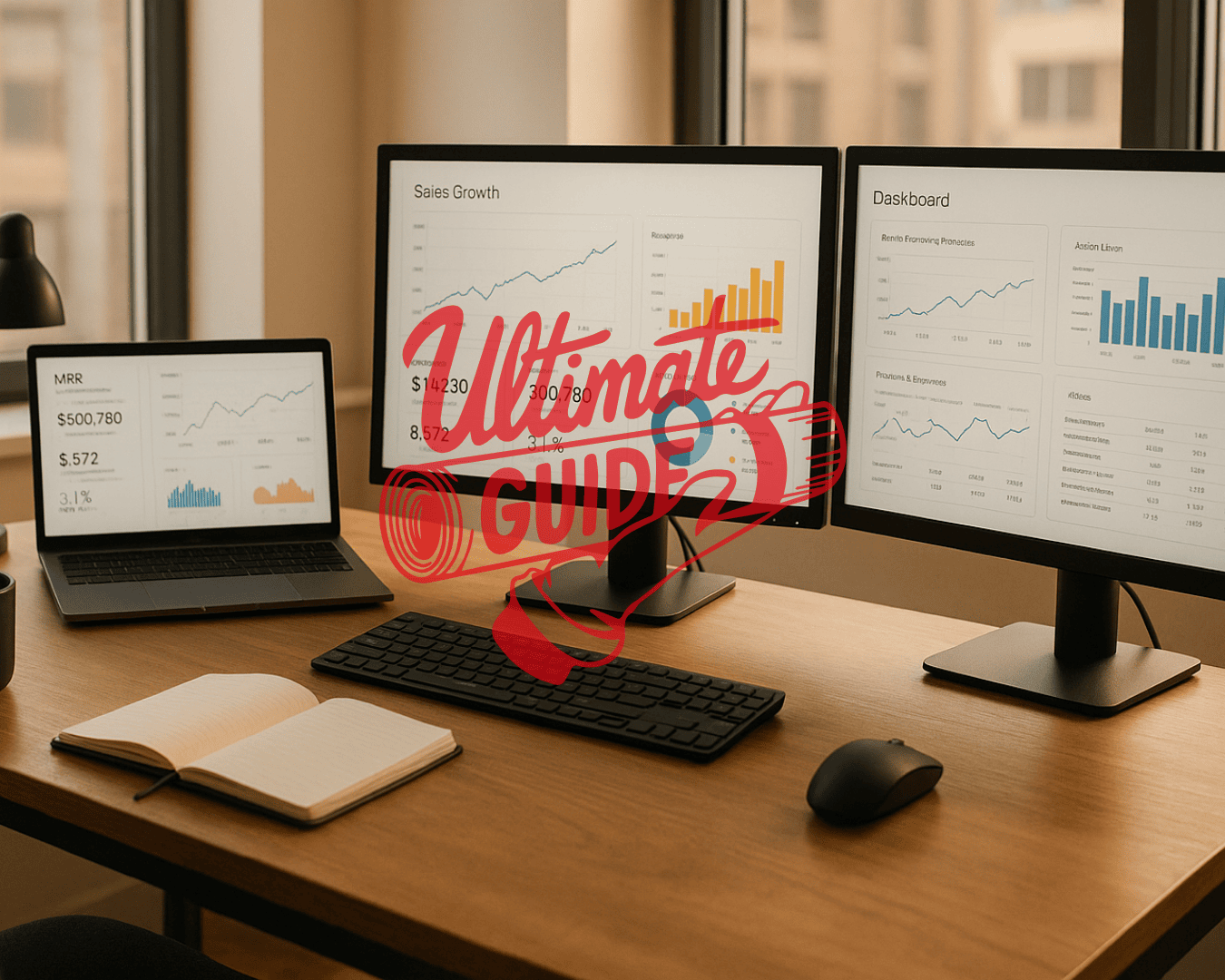



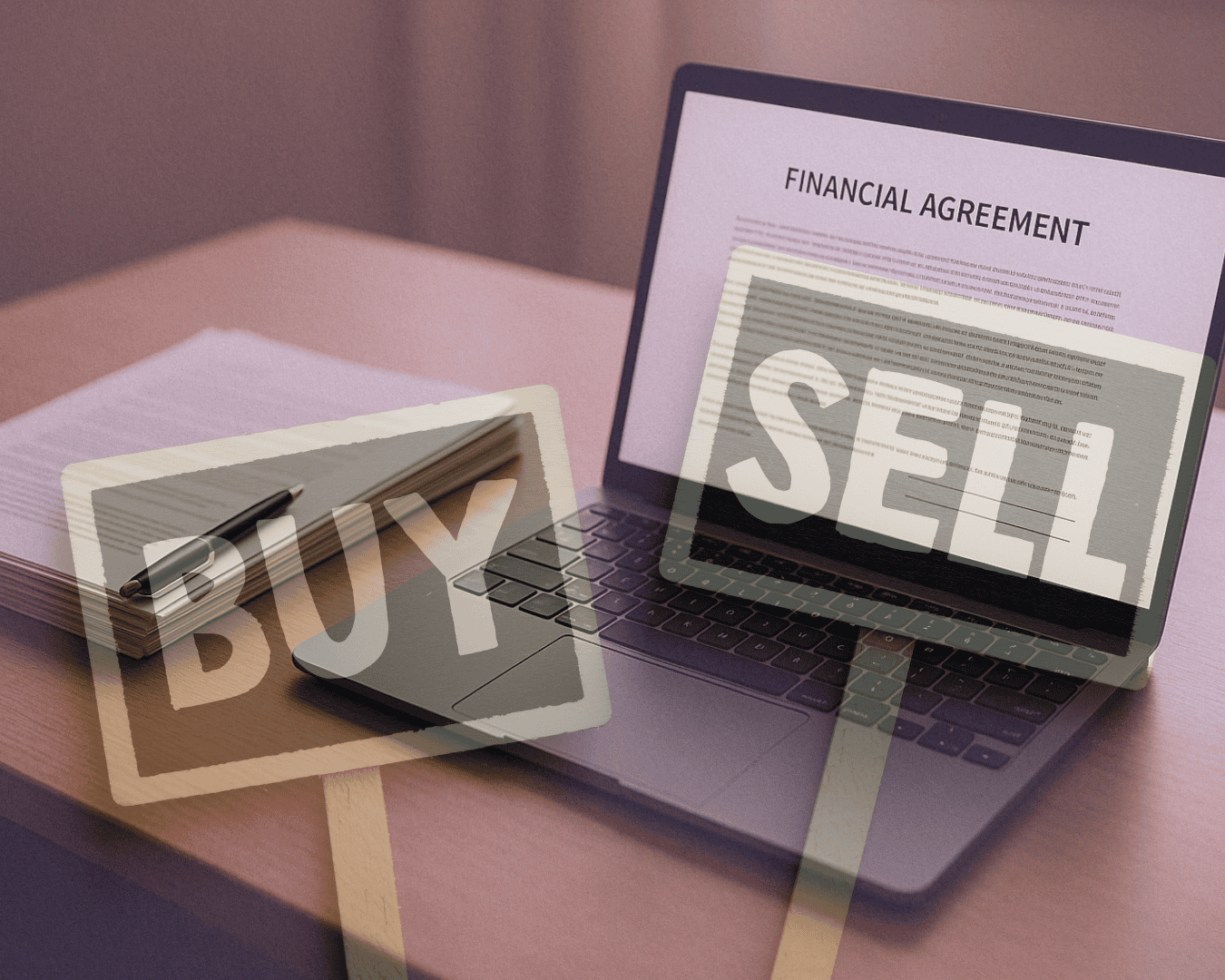
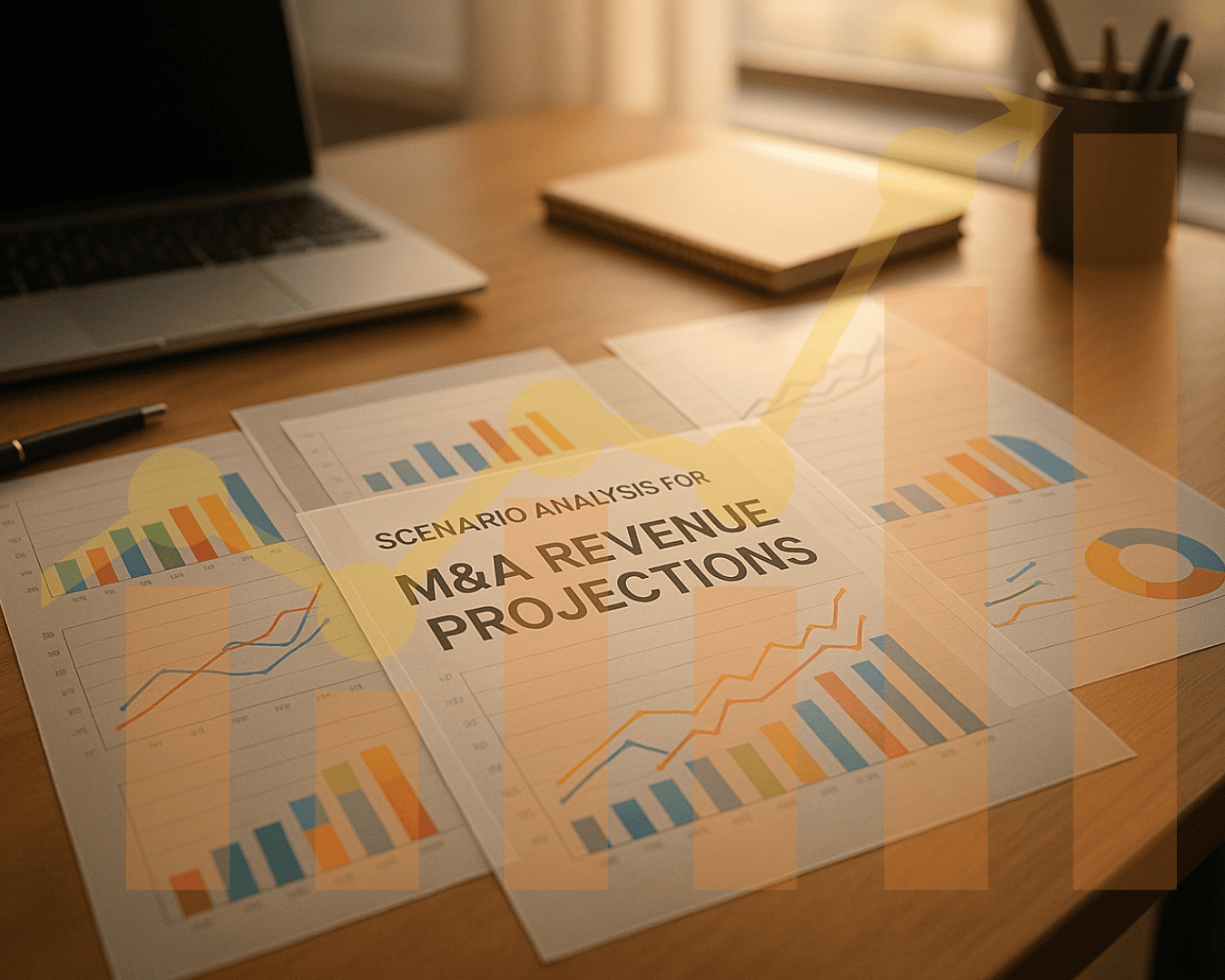
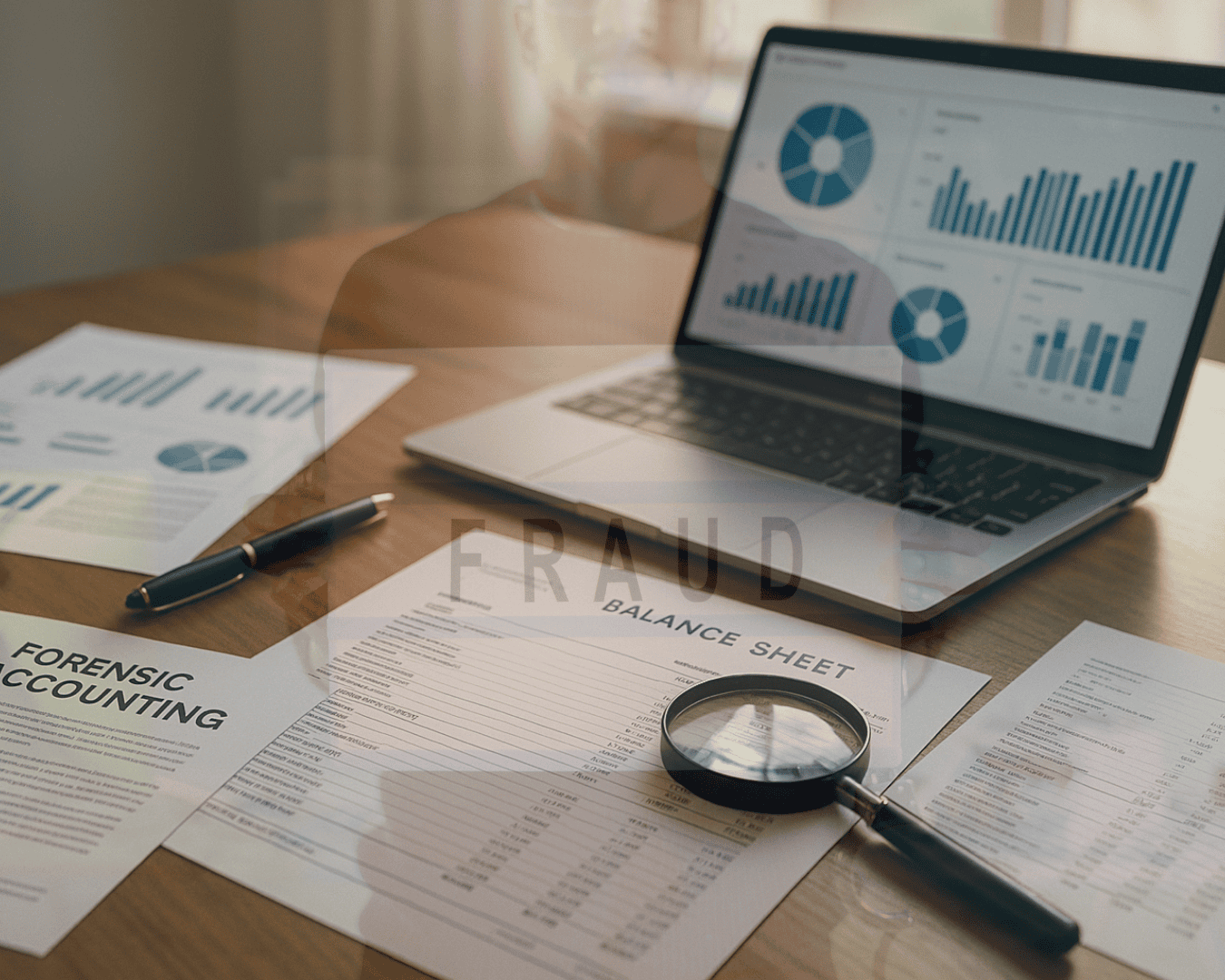




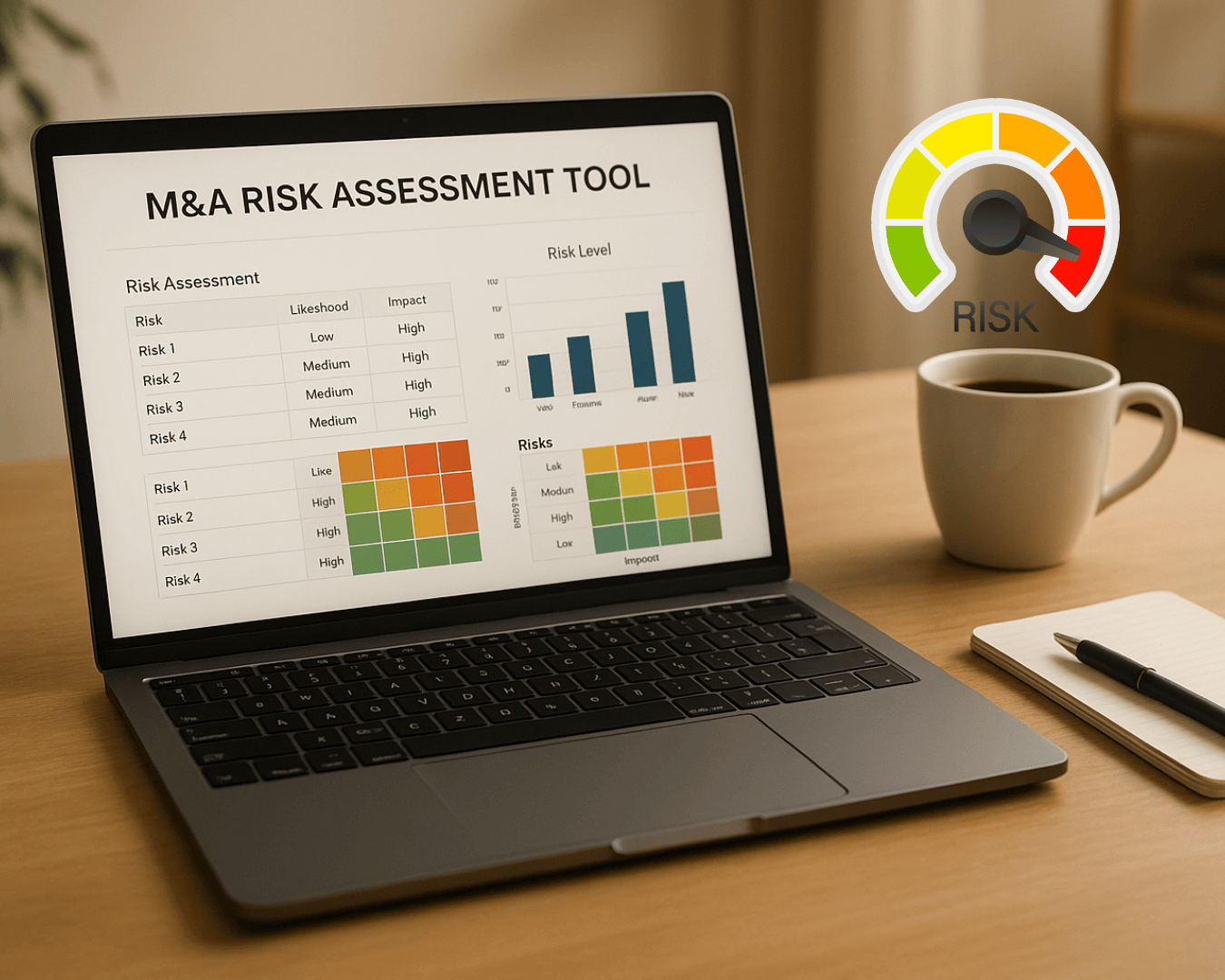

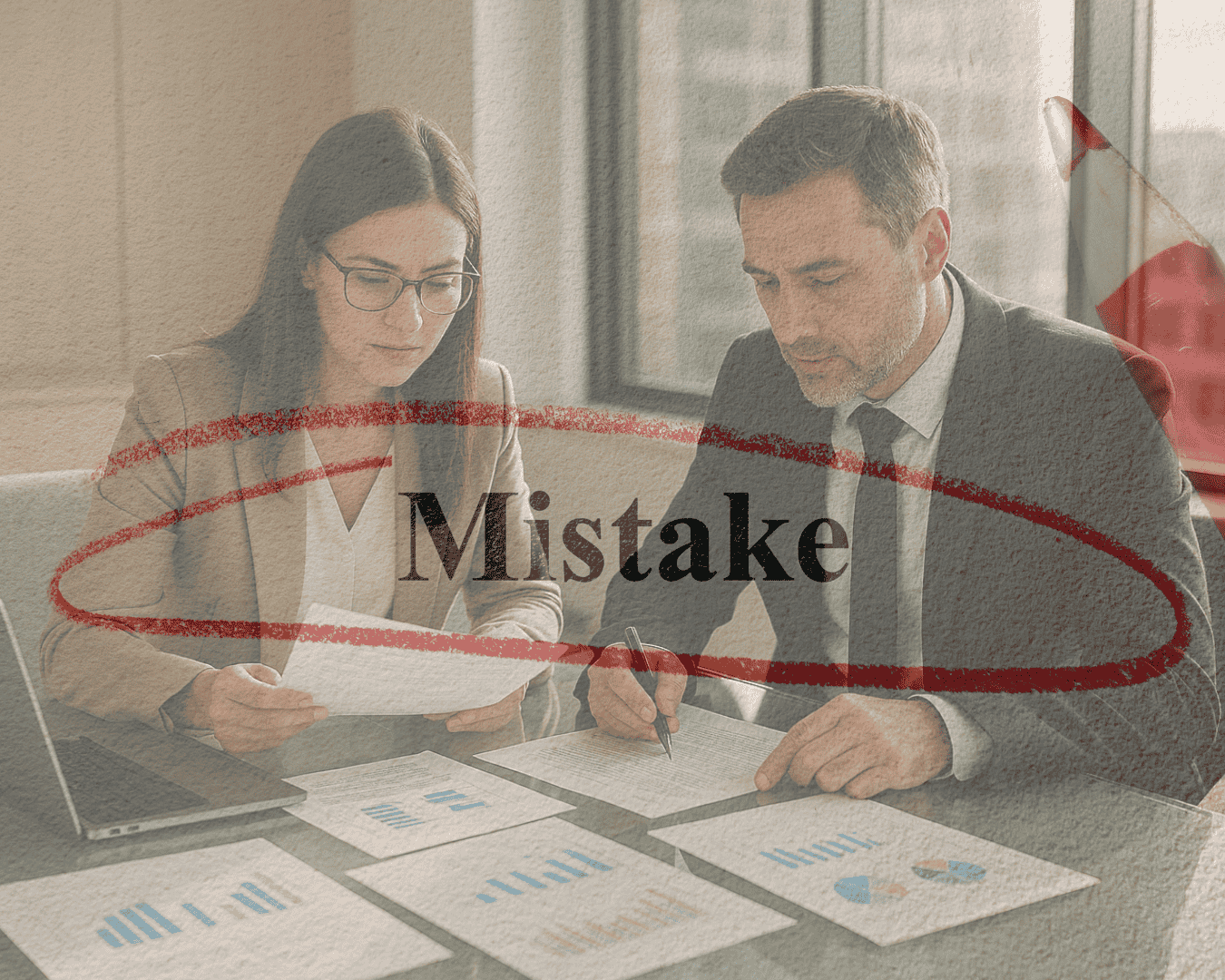
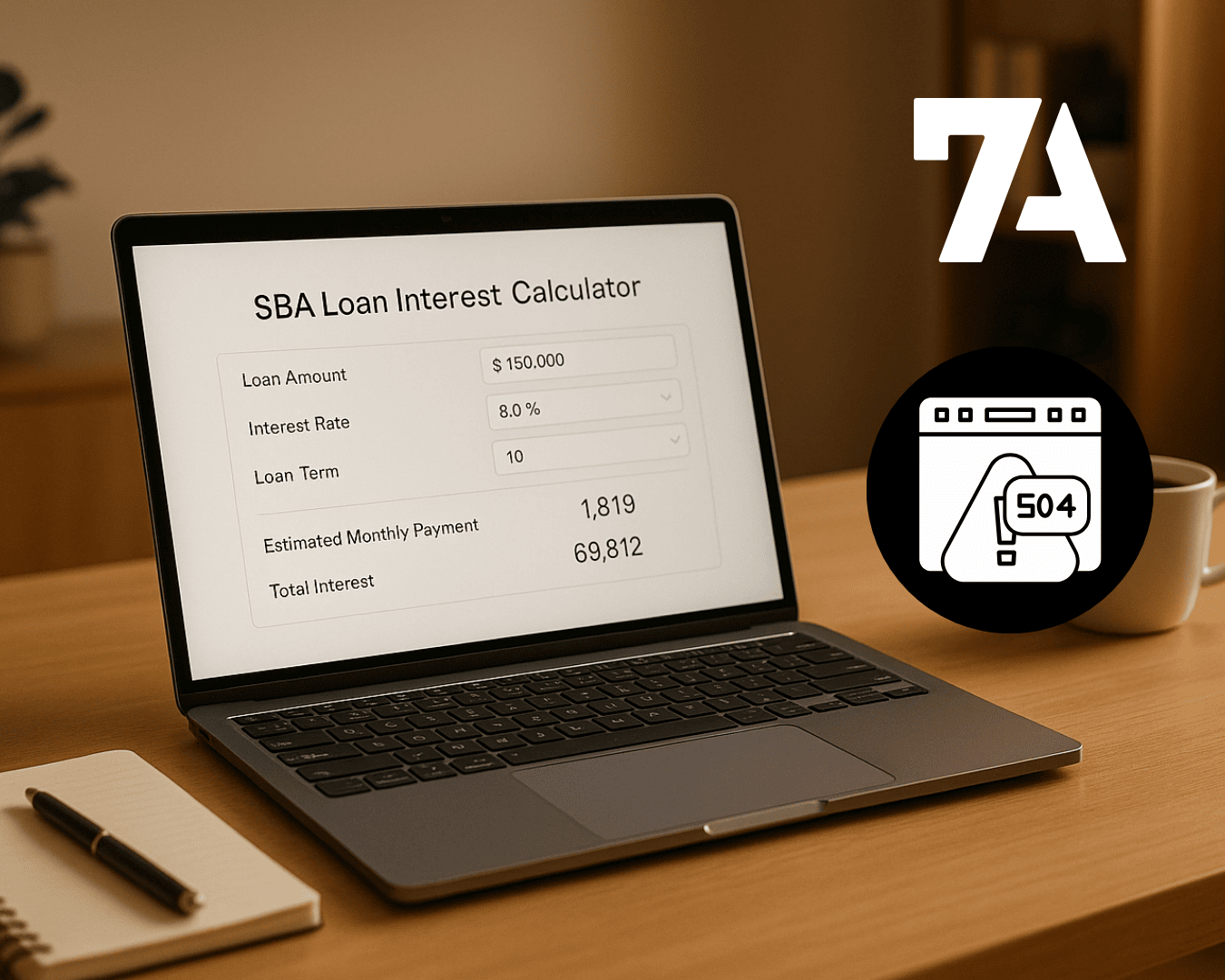








%20Loan%20Application%20Checklist.png)
